

...

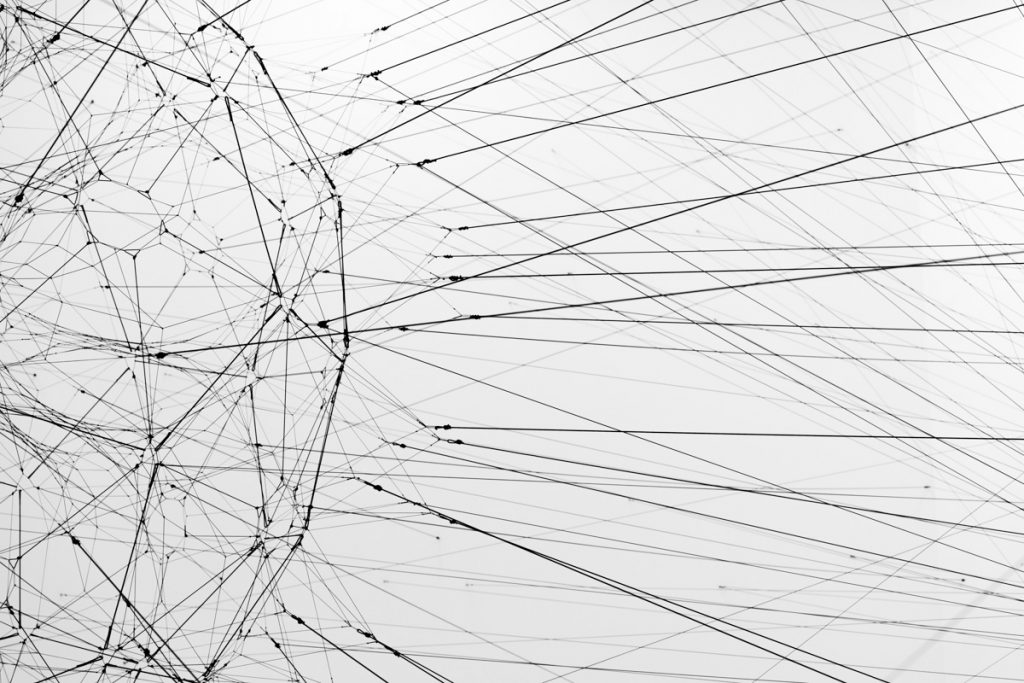
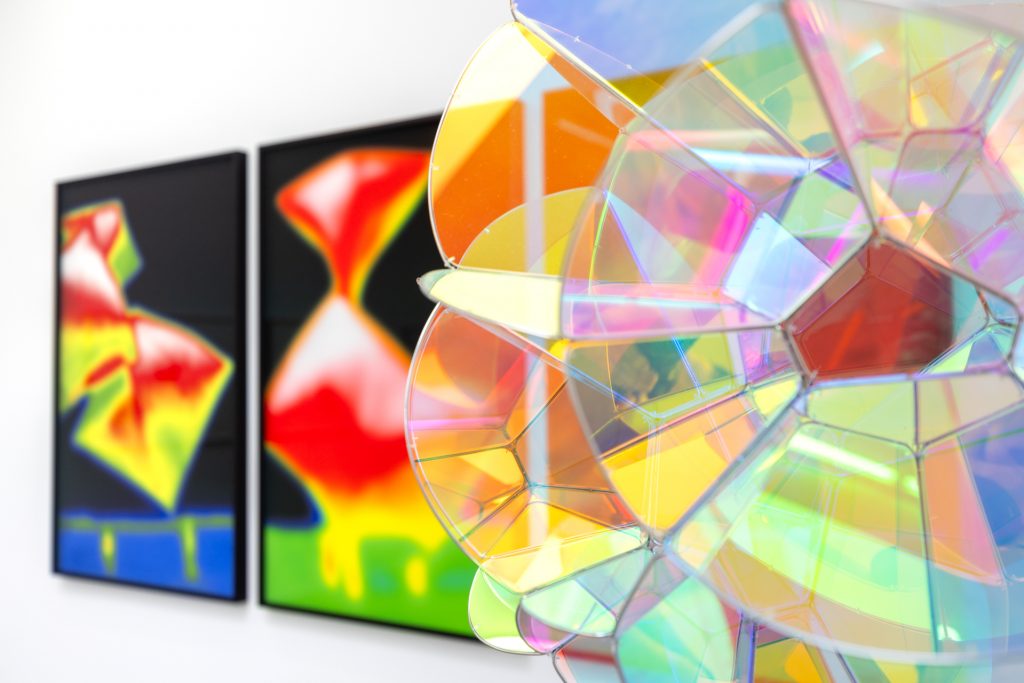

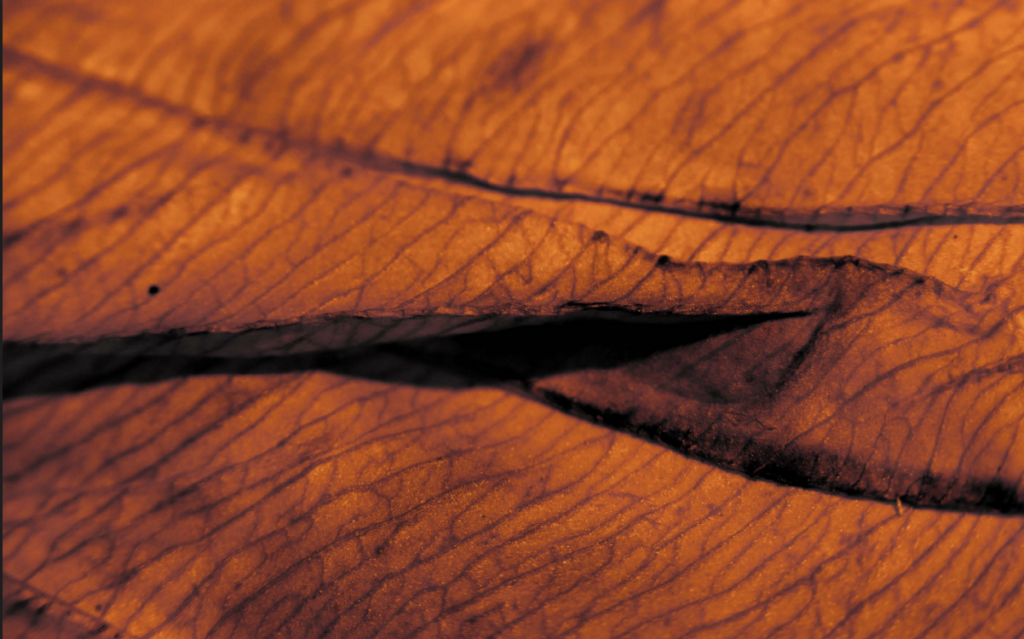
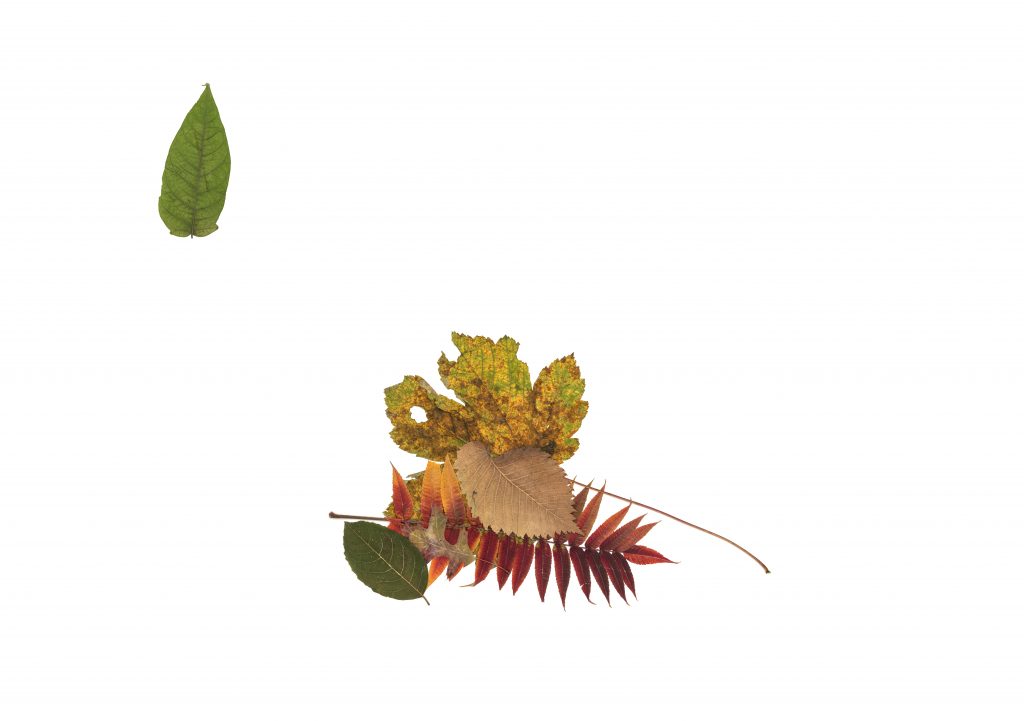
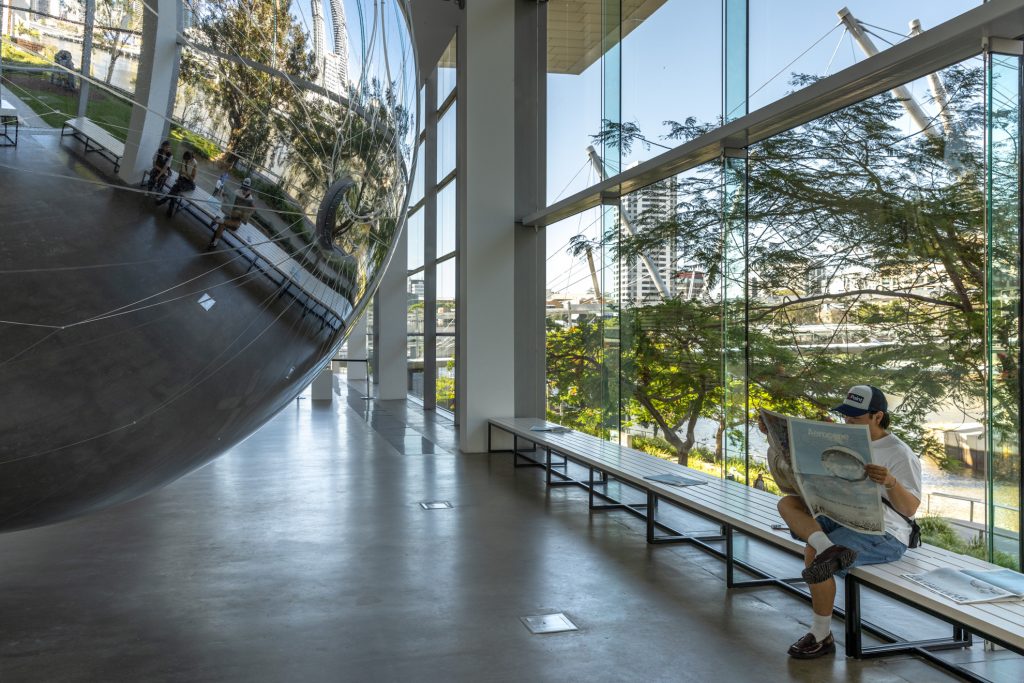
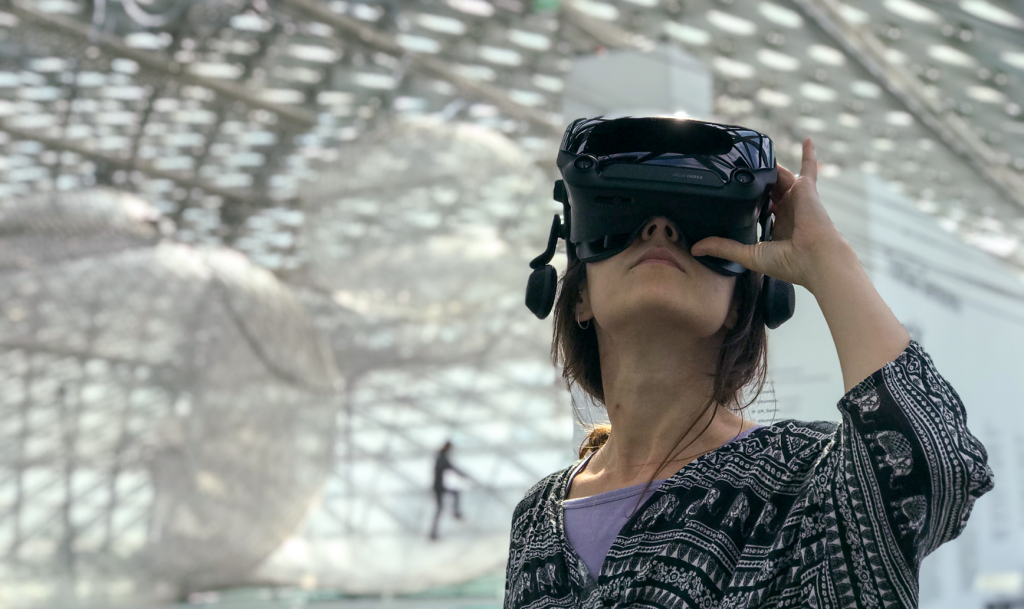


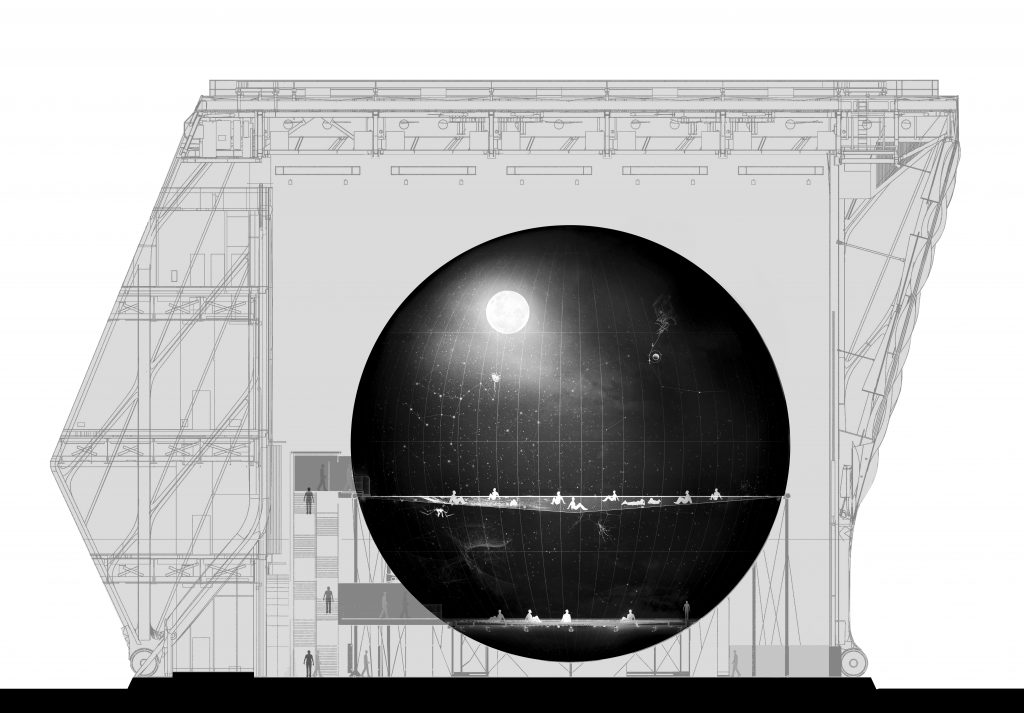
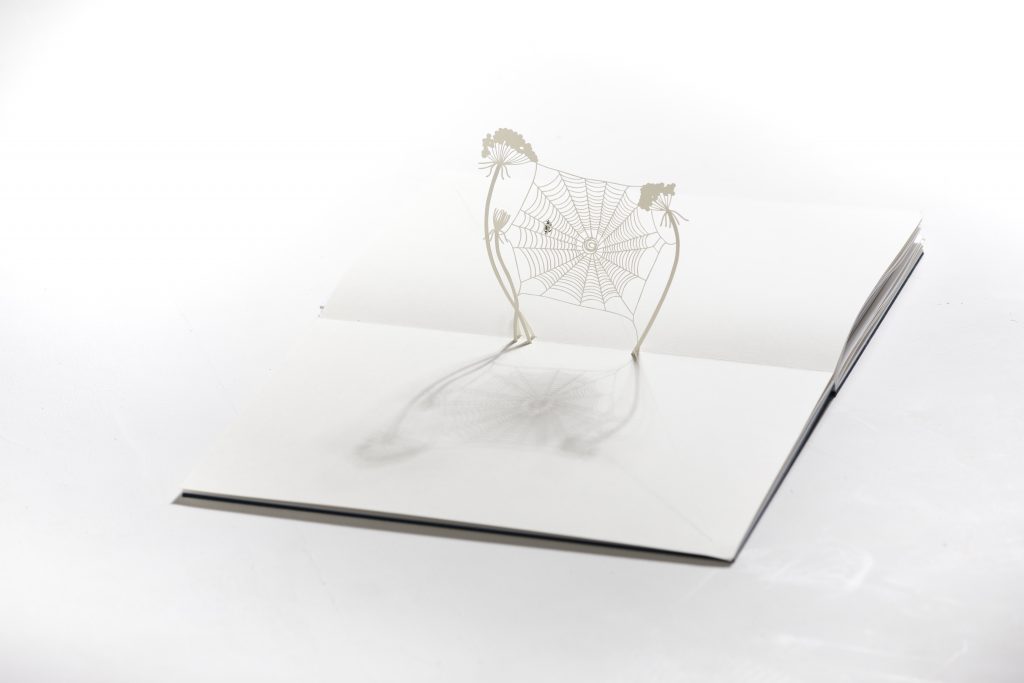

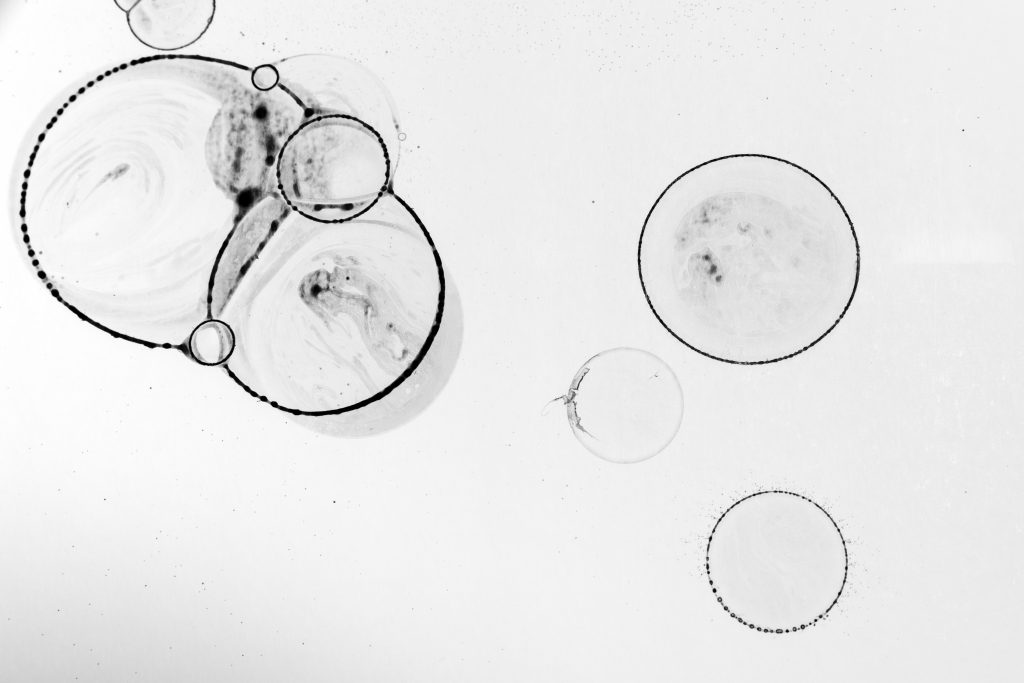

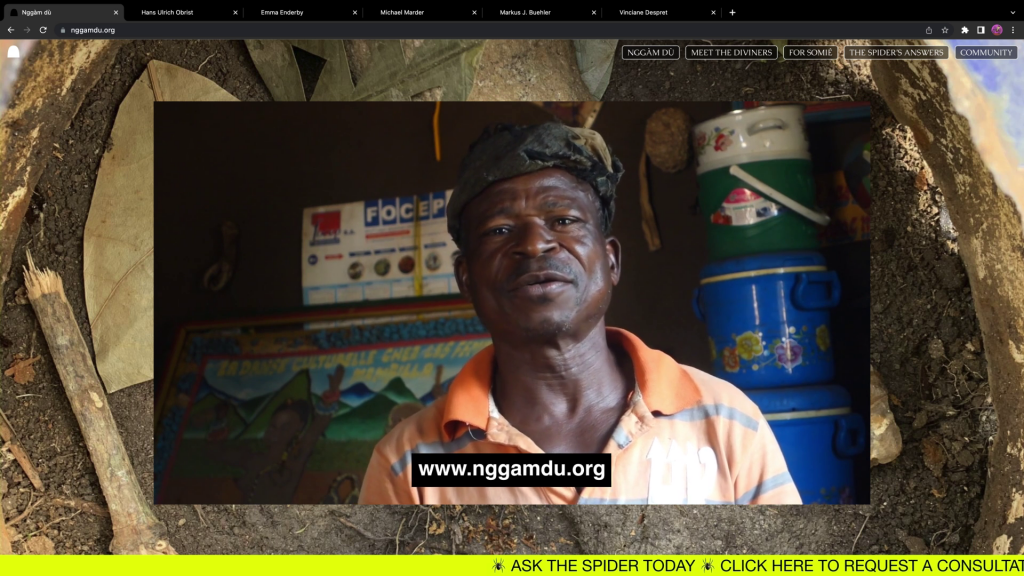
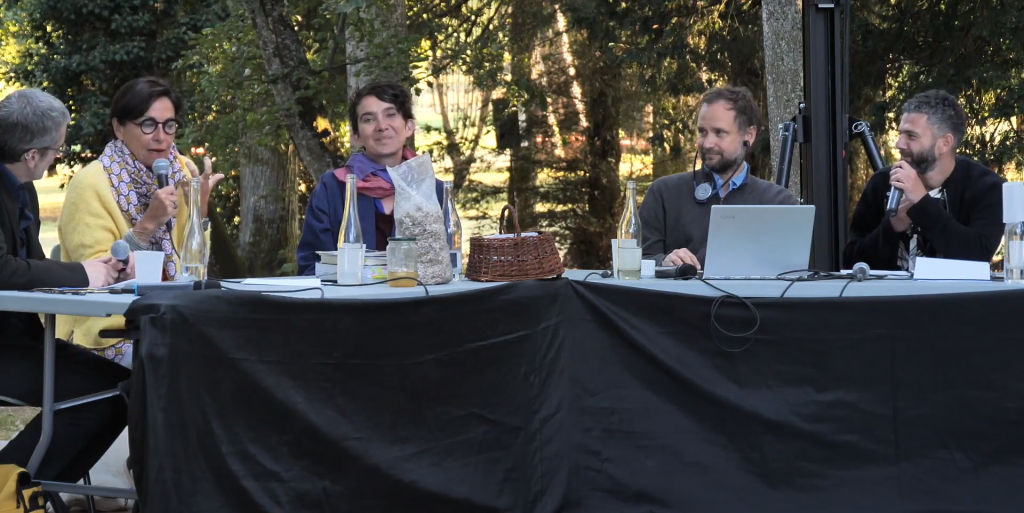
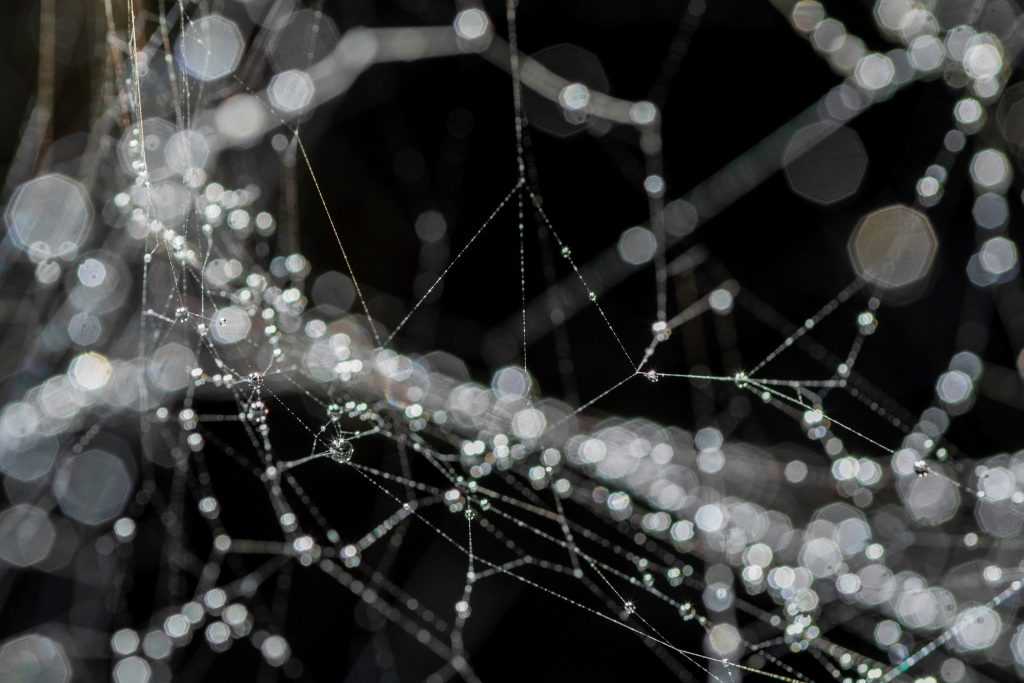
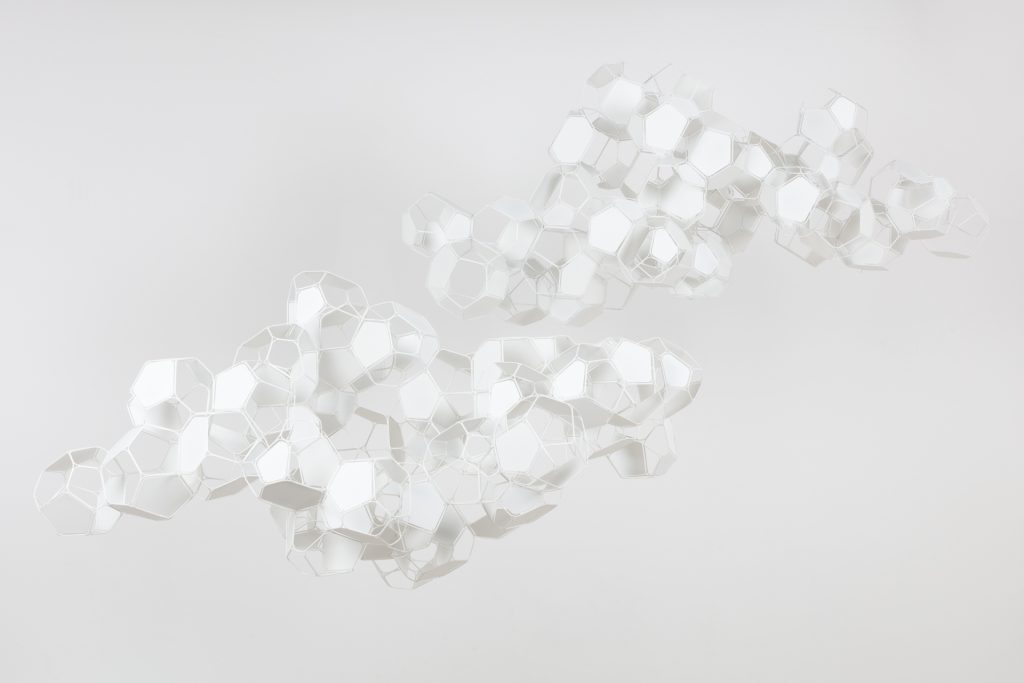
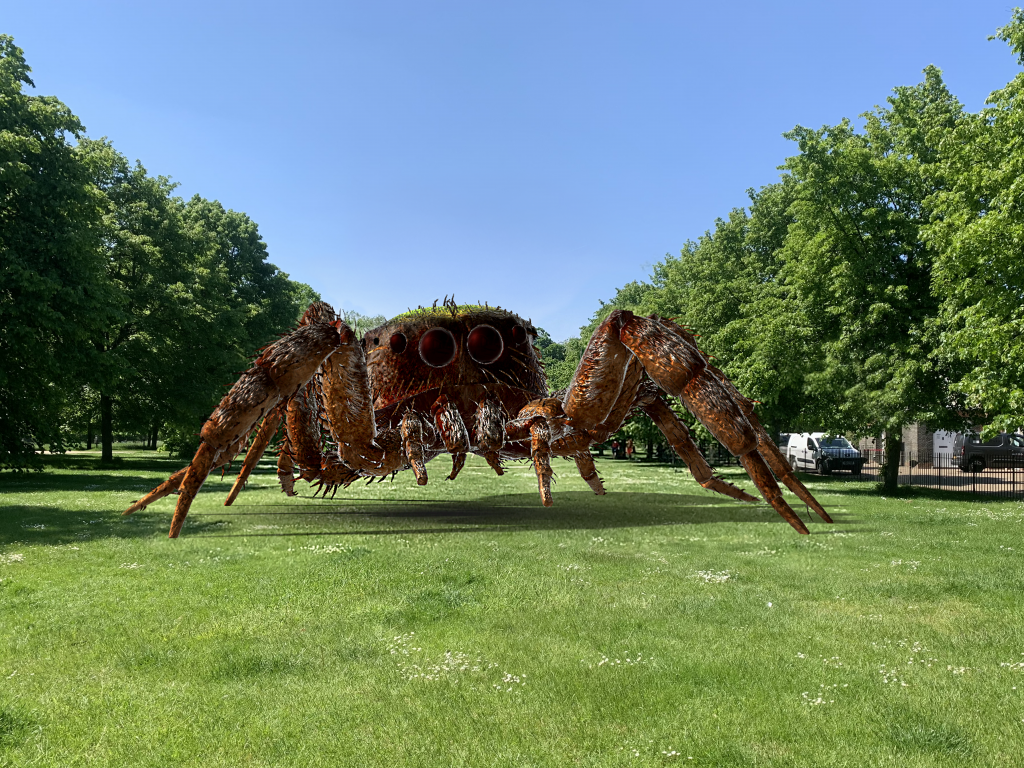
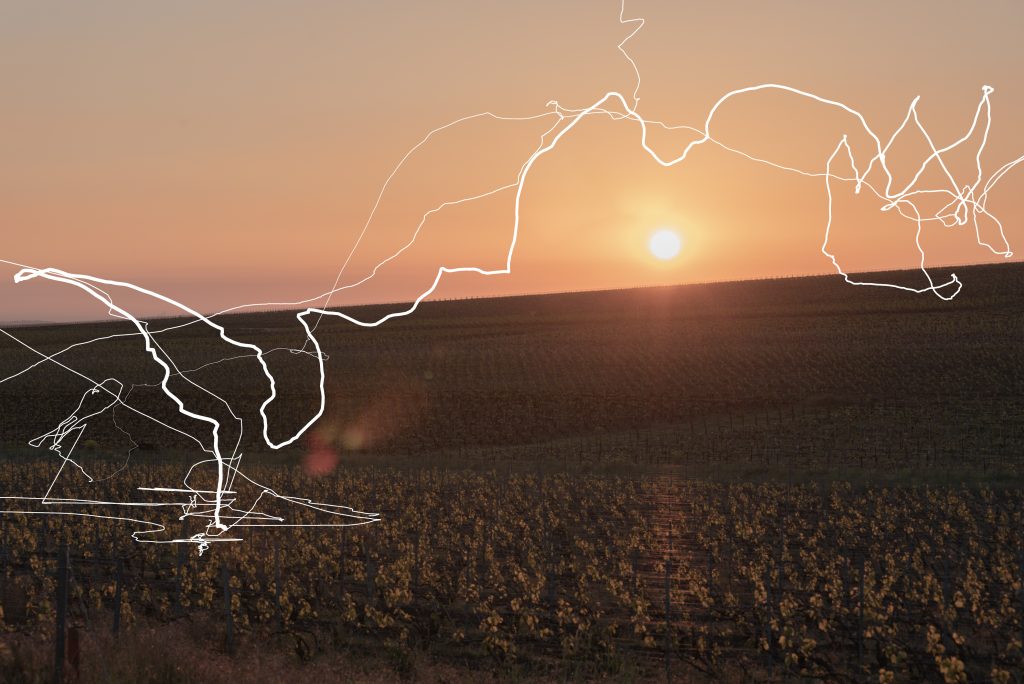

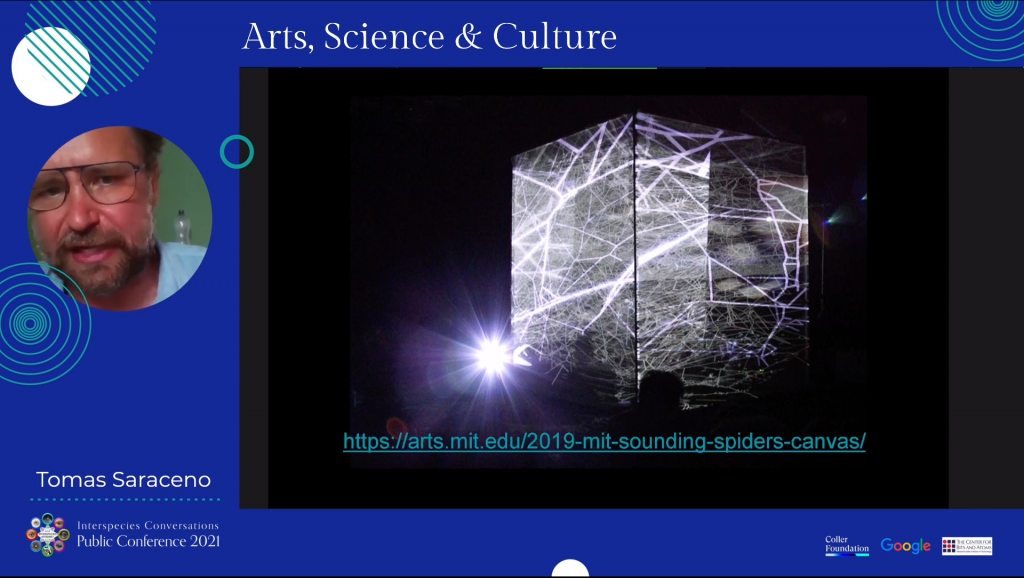
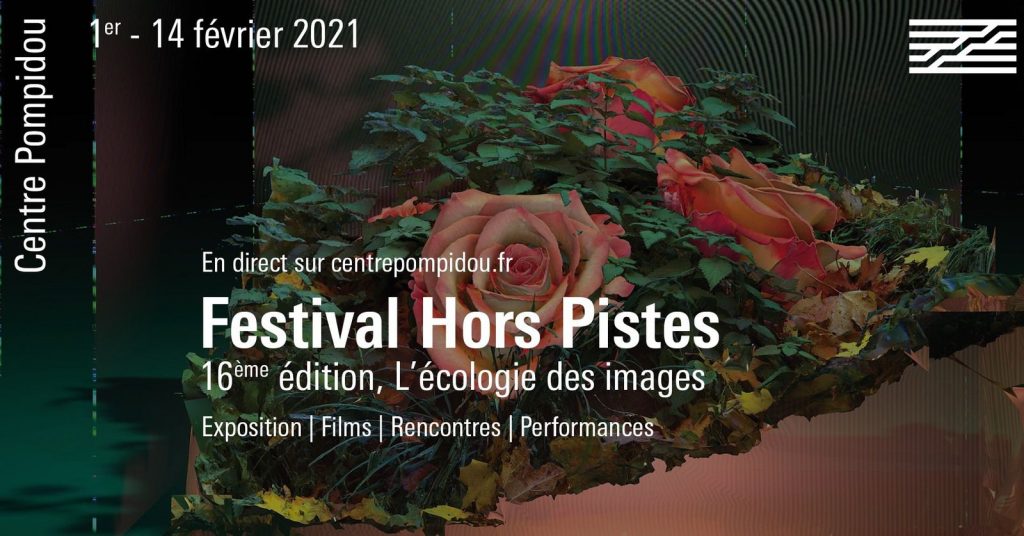
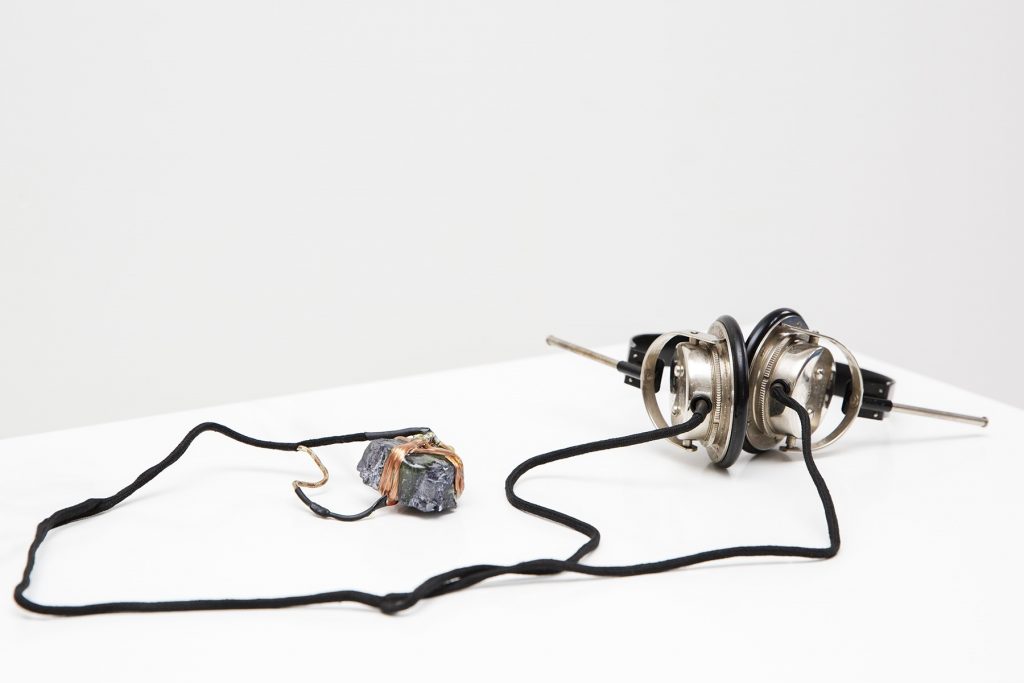
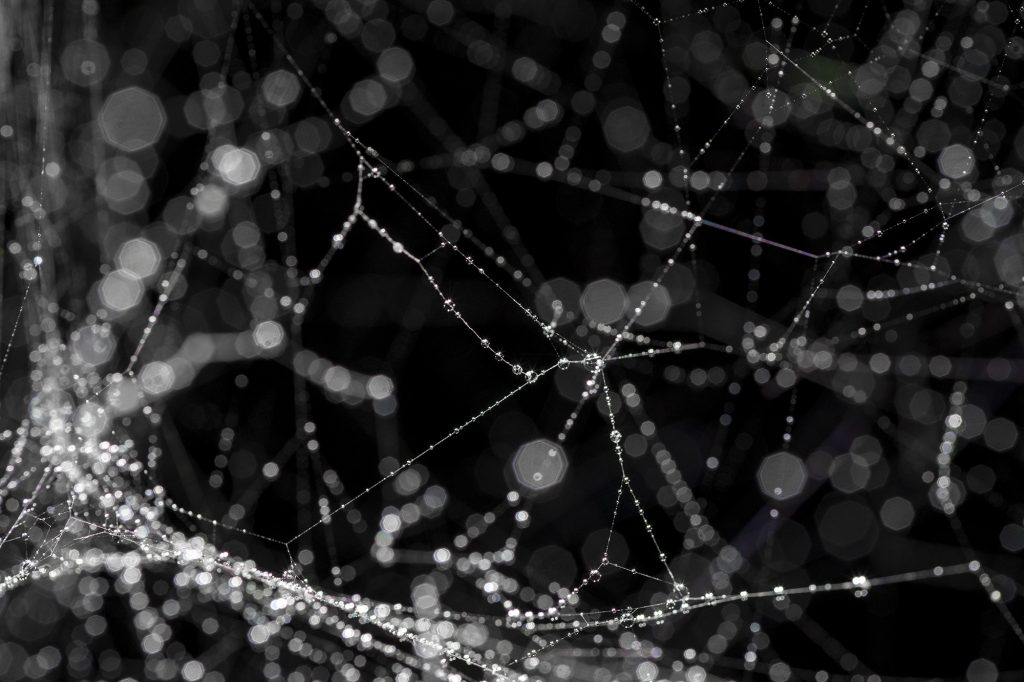

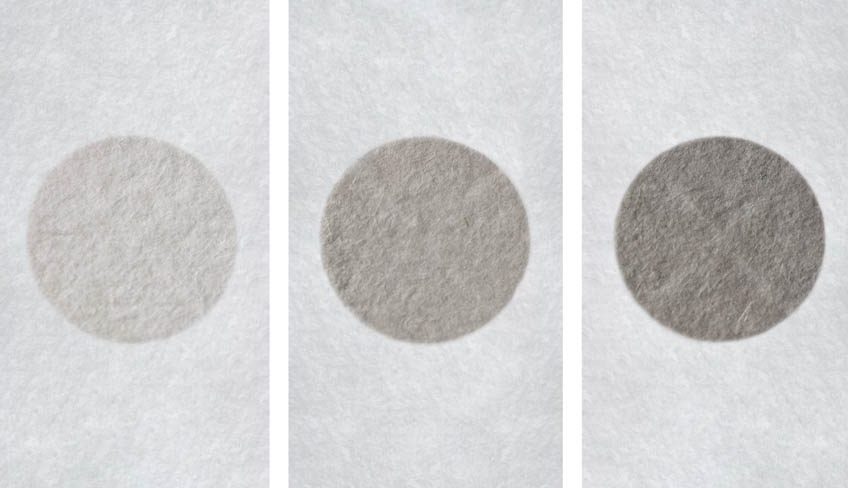
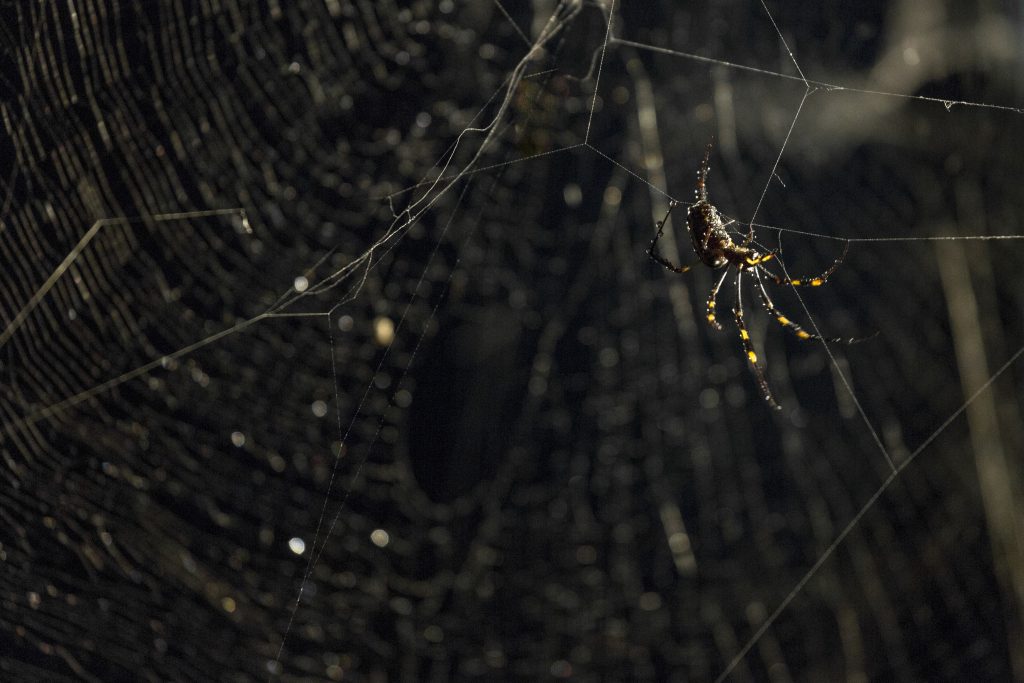

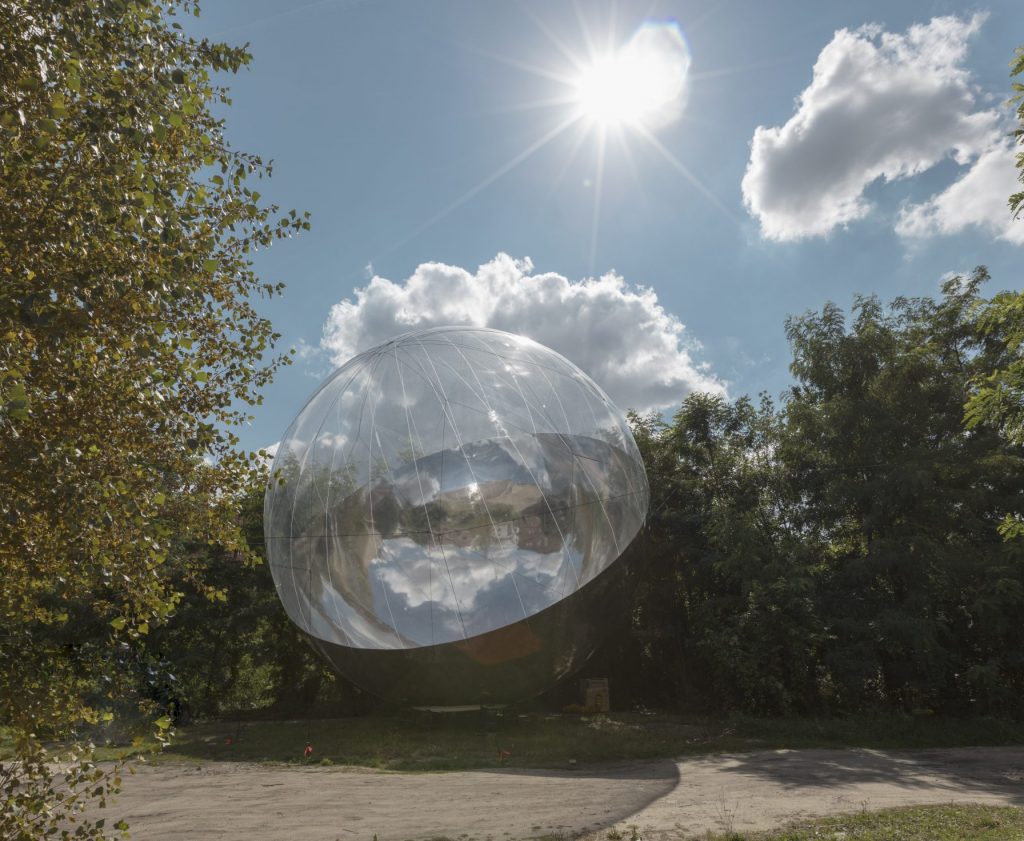


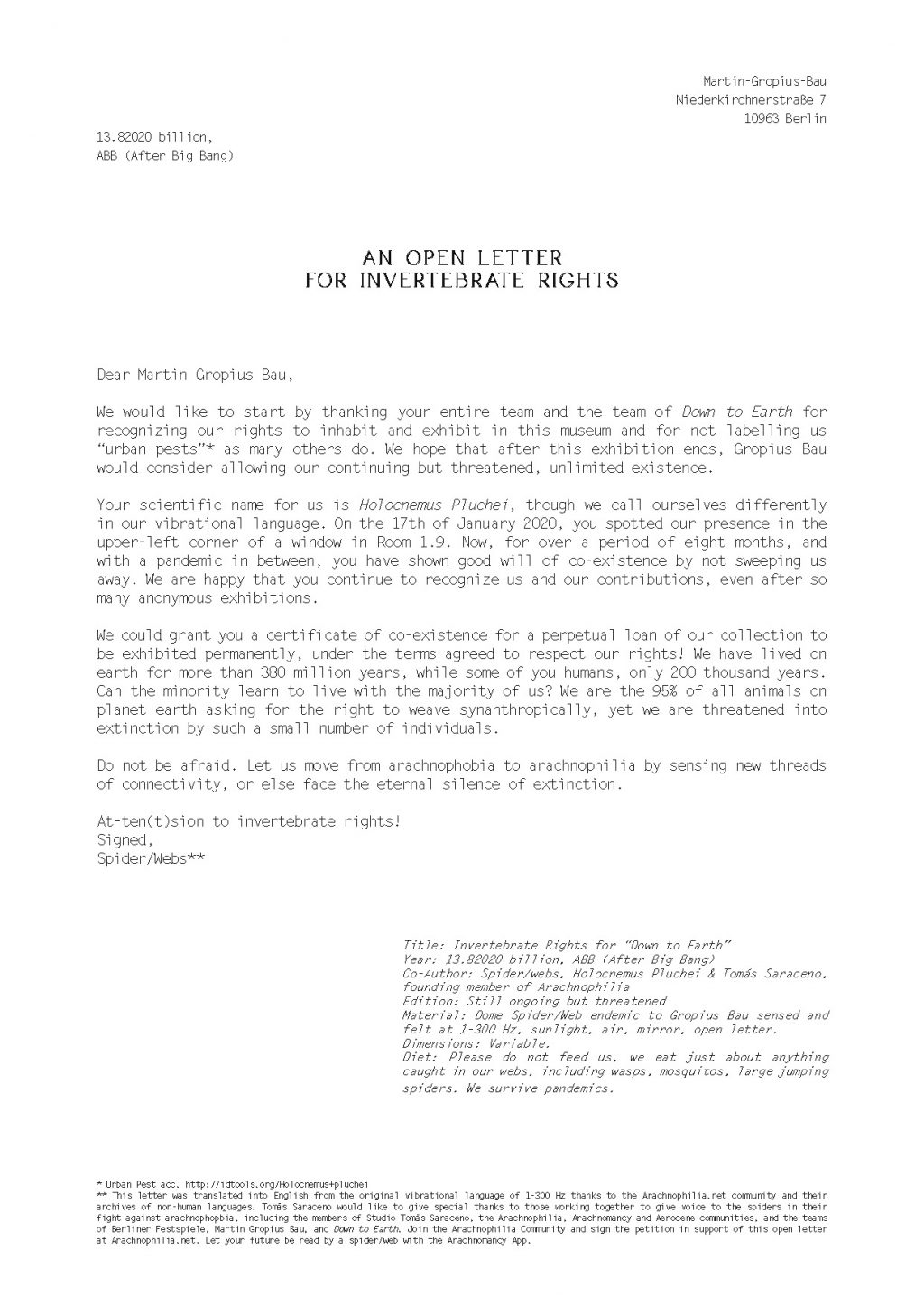

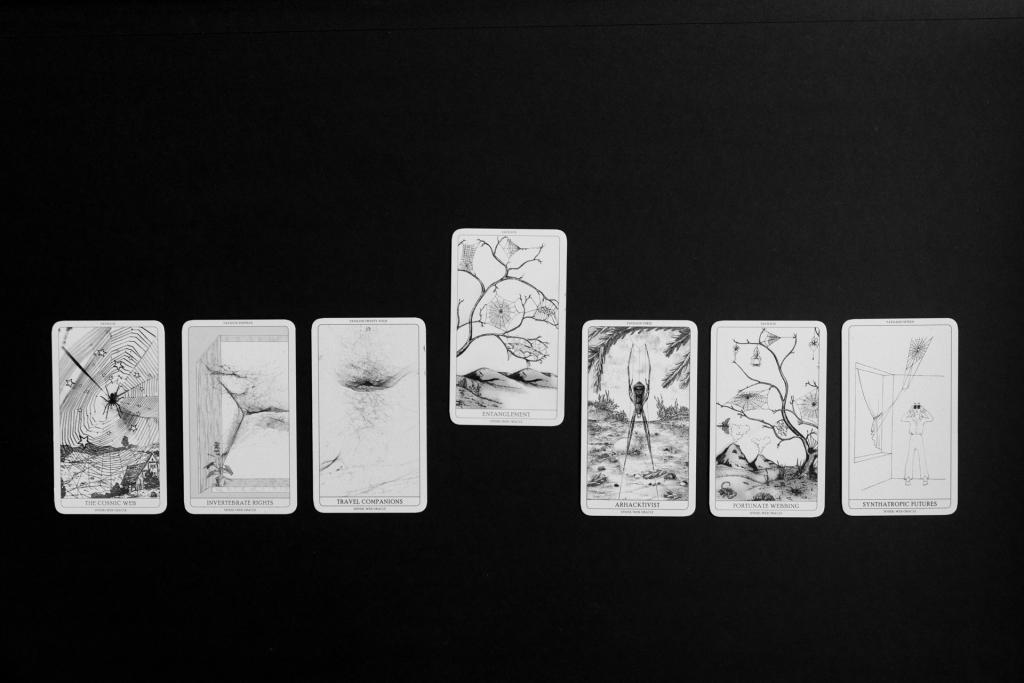

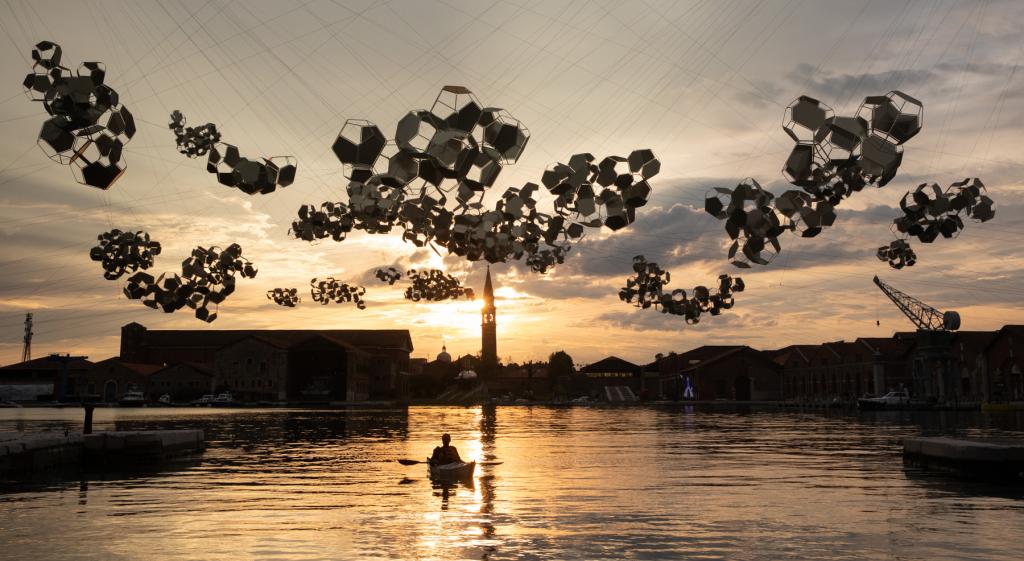
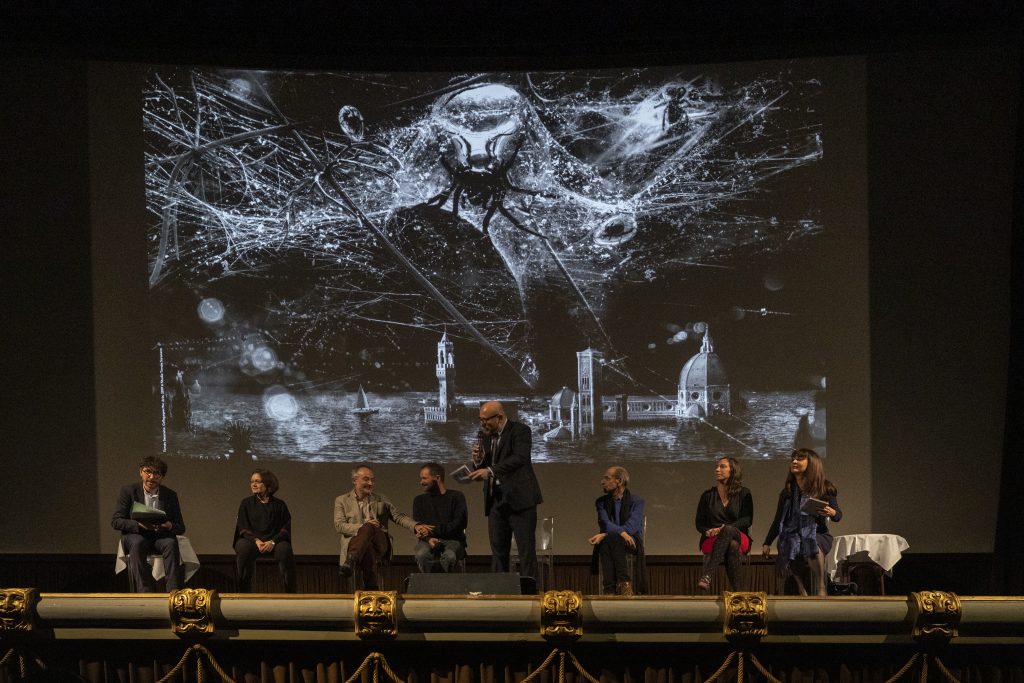
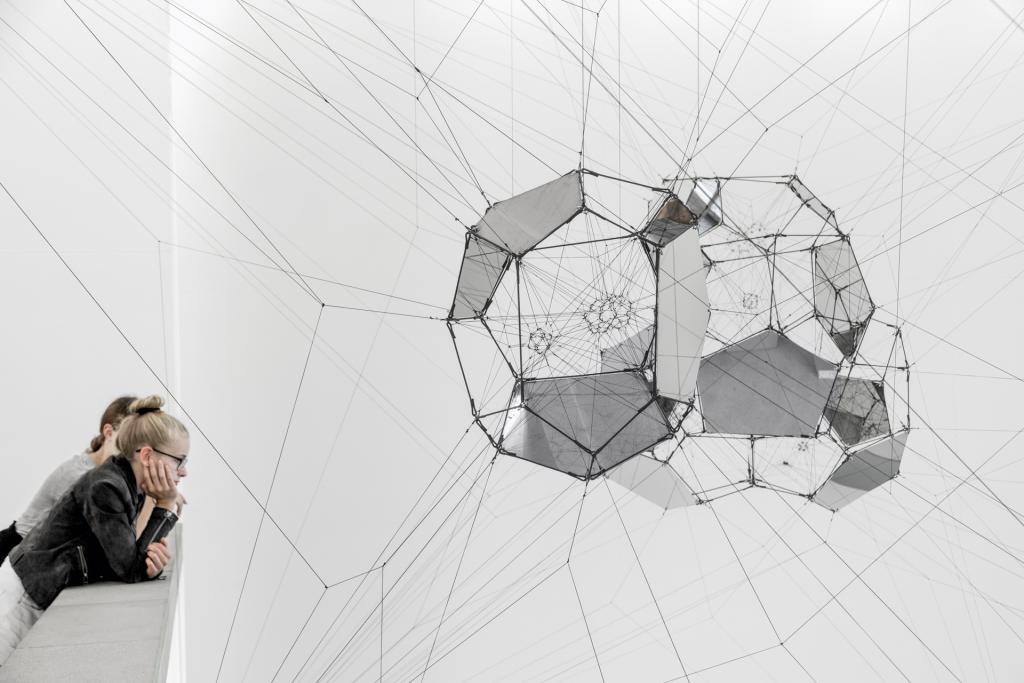
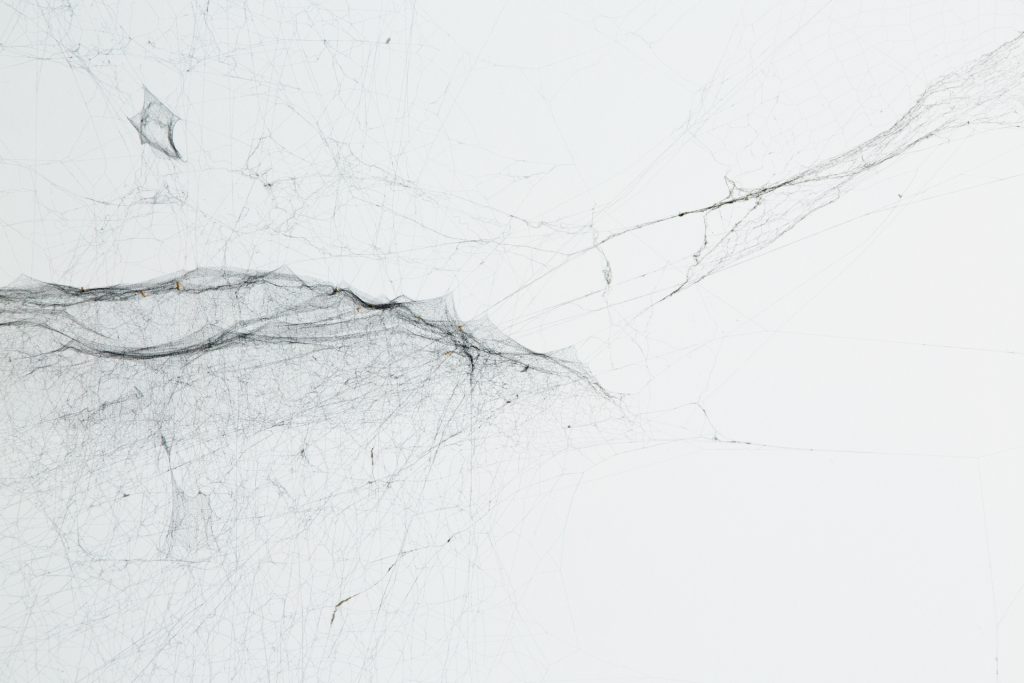
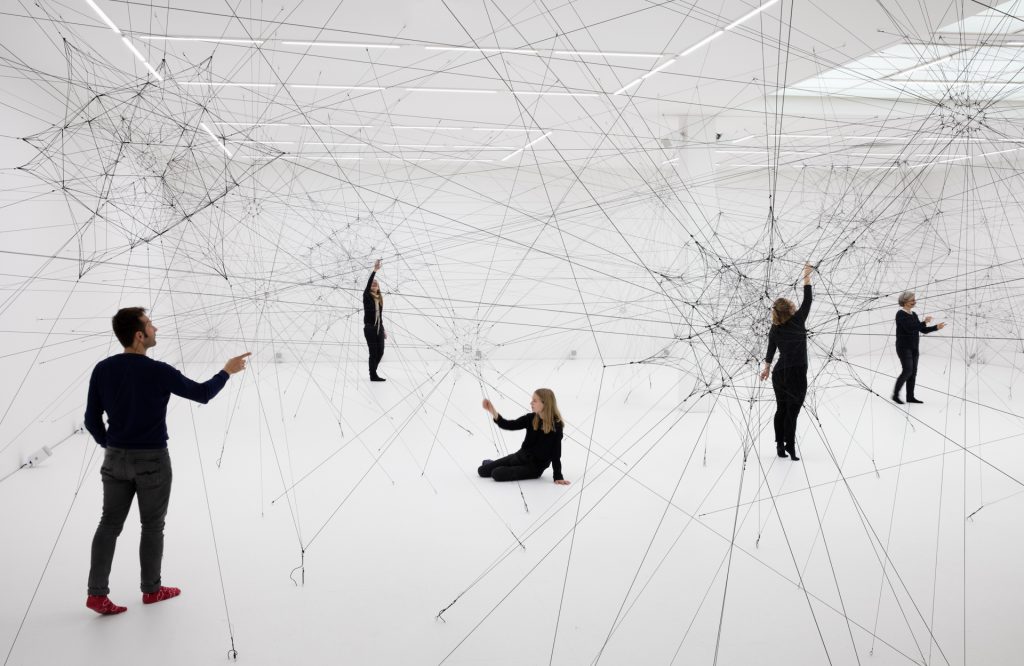

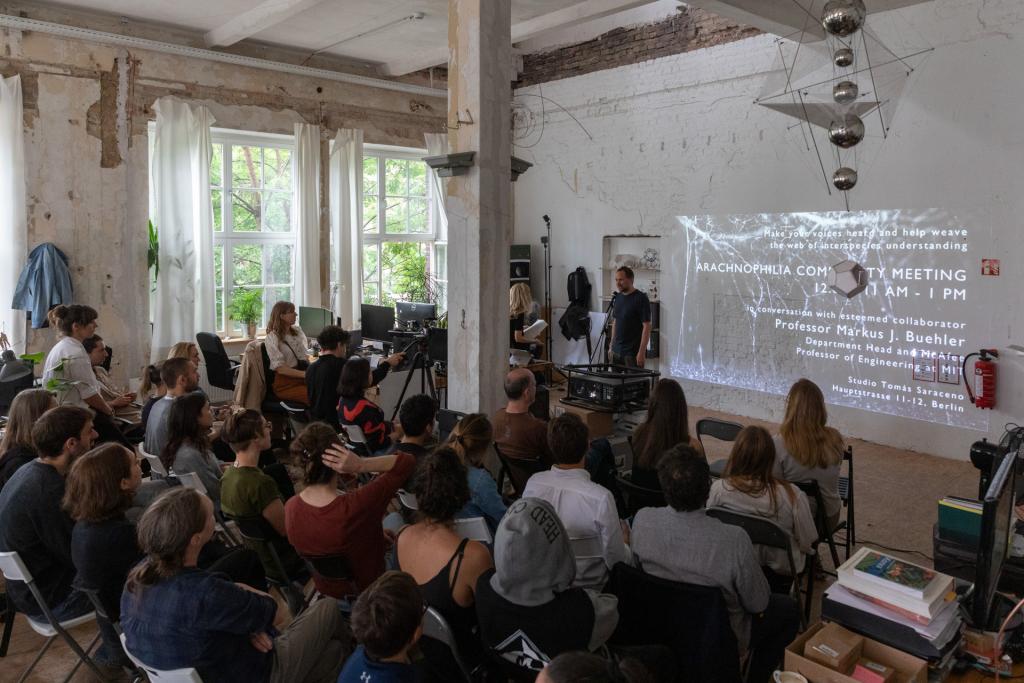


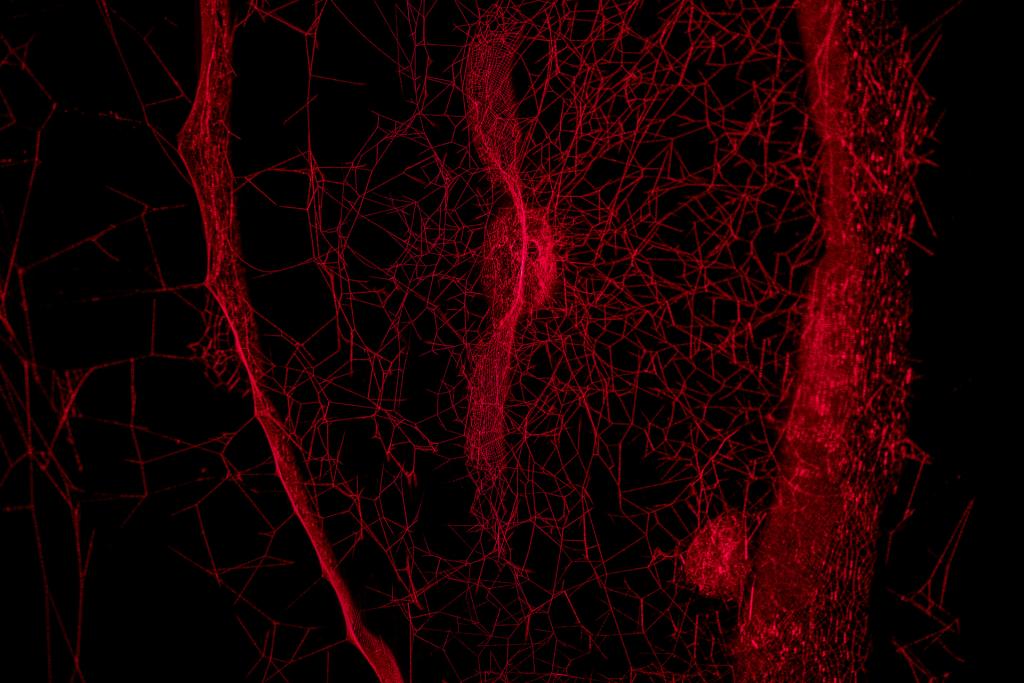
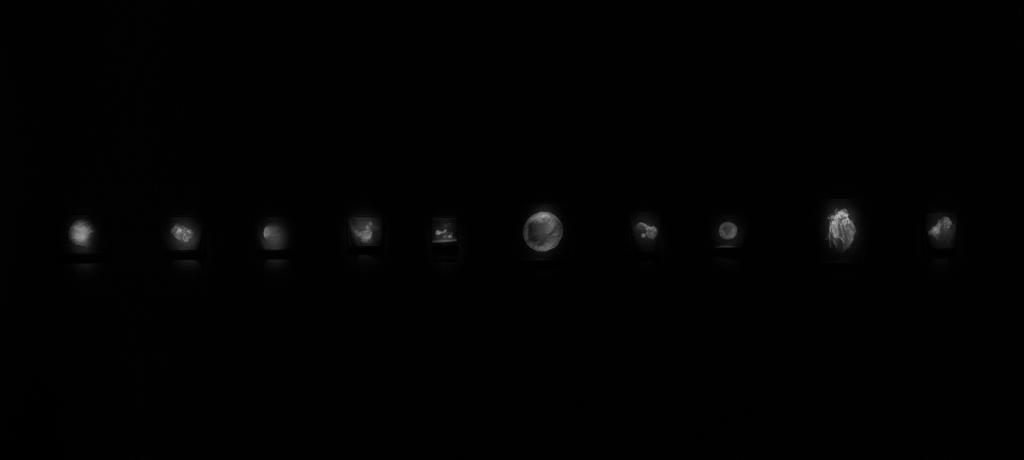


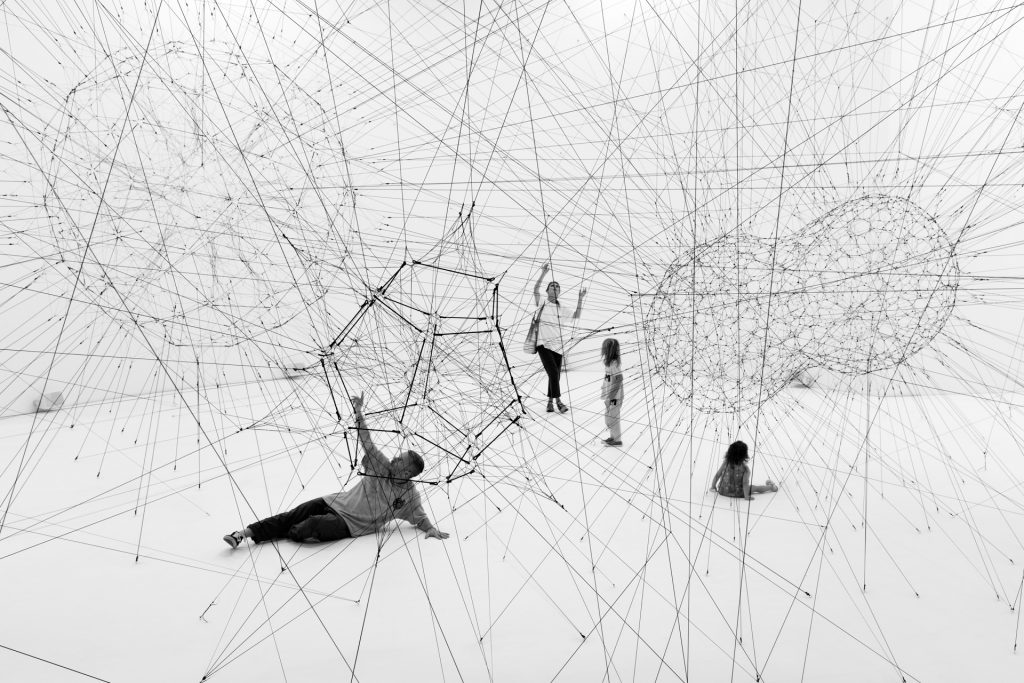
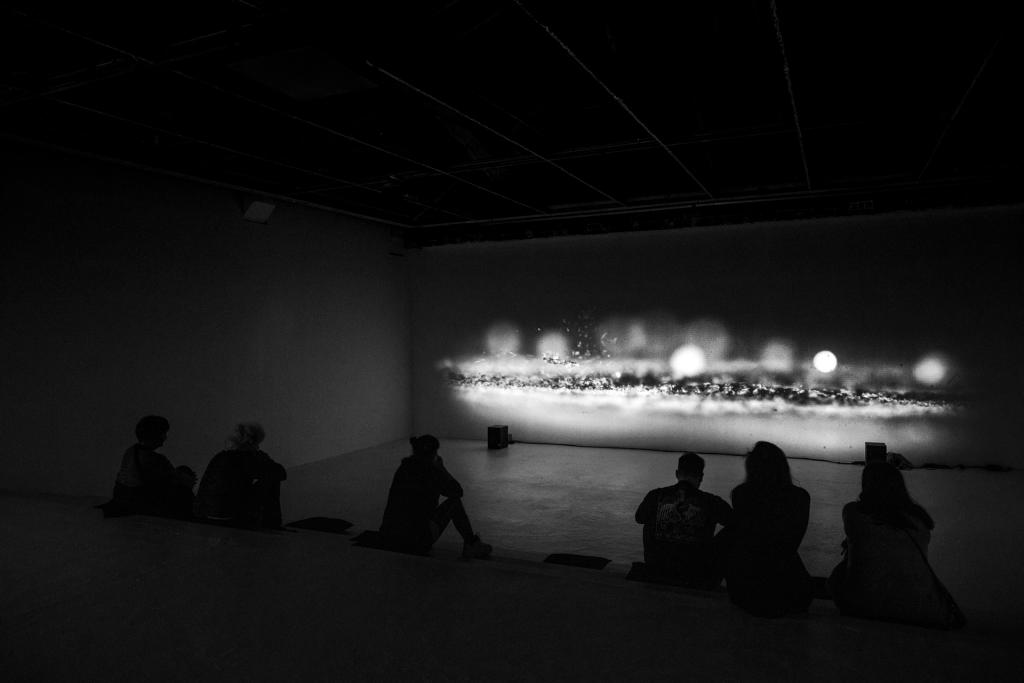
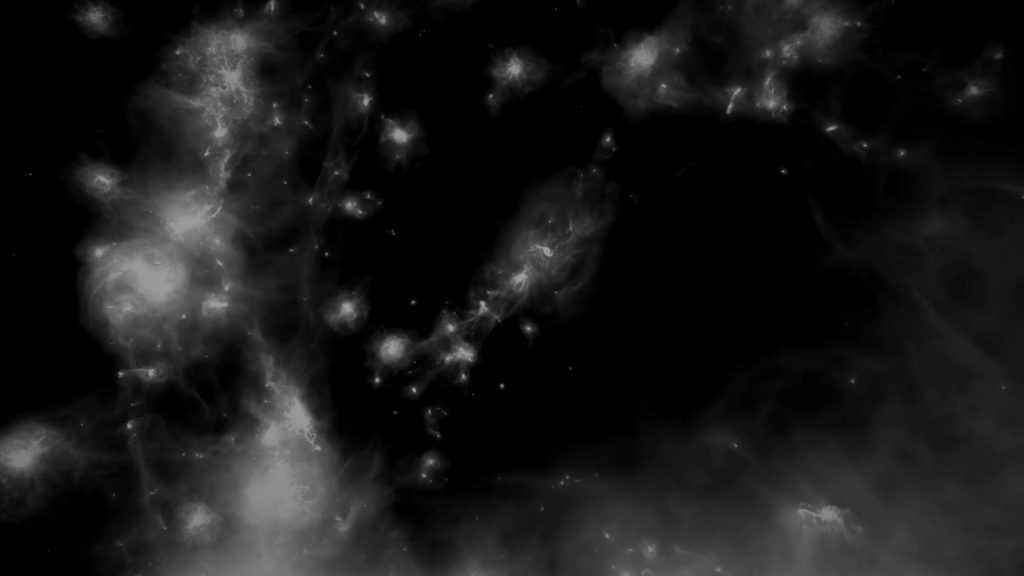
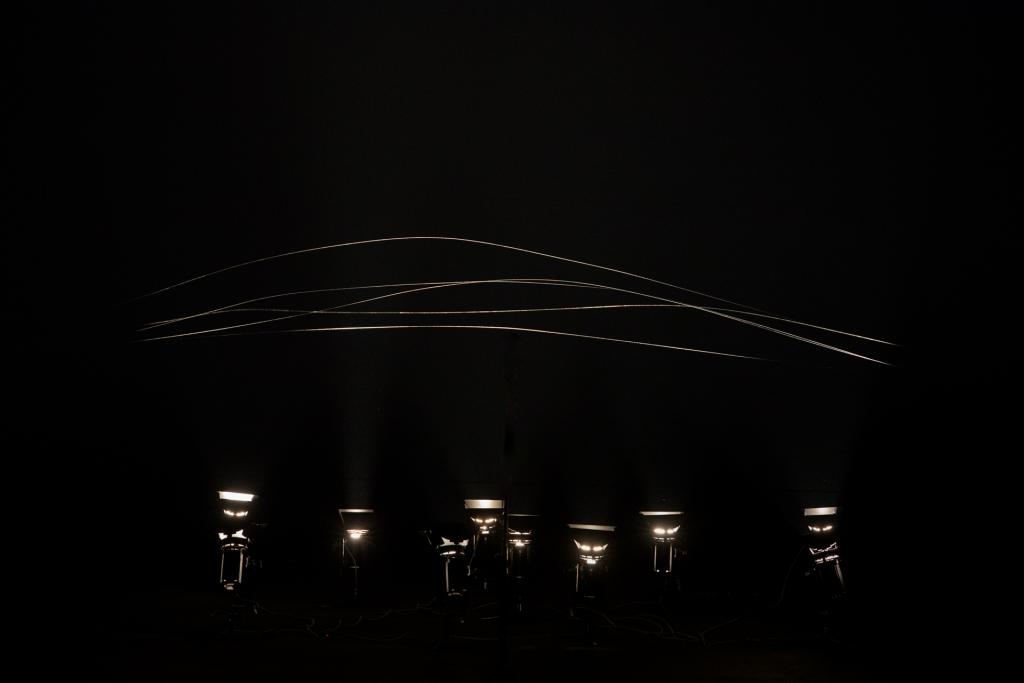

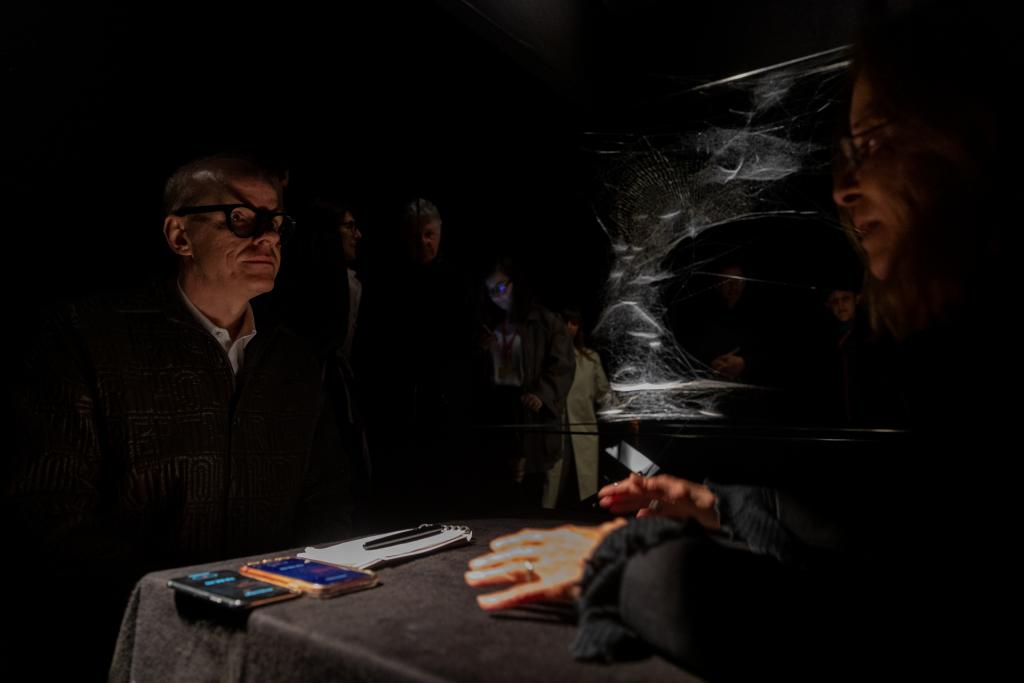

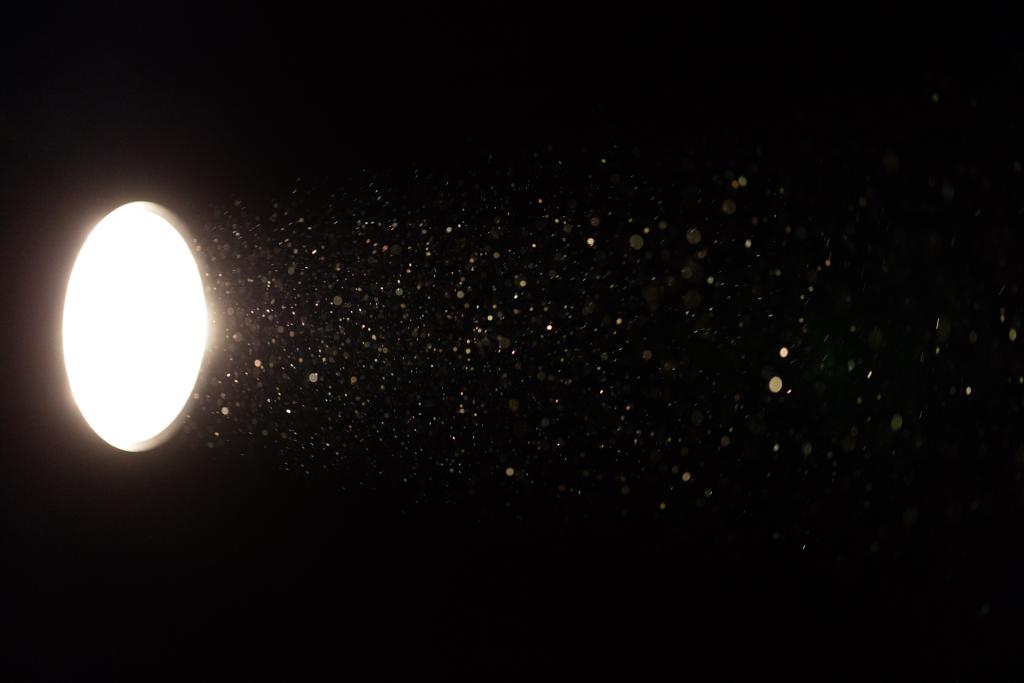
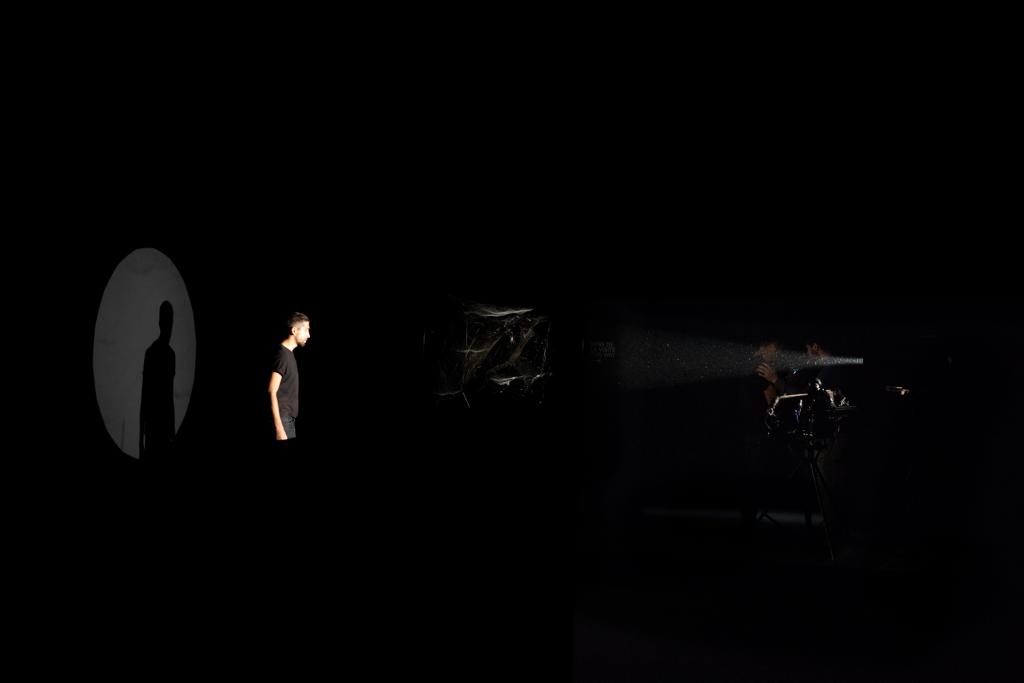
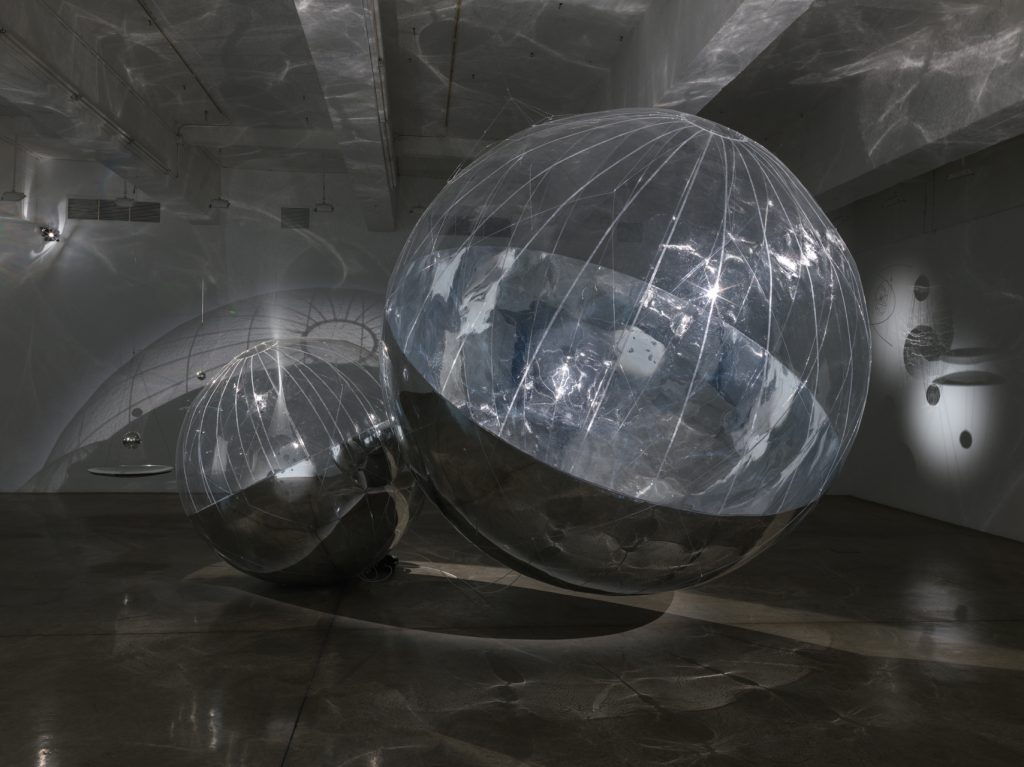
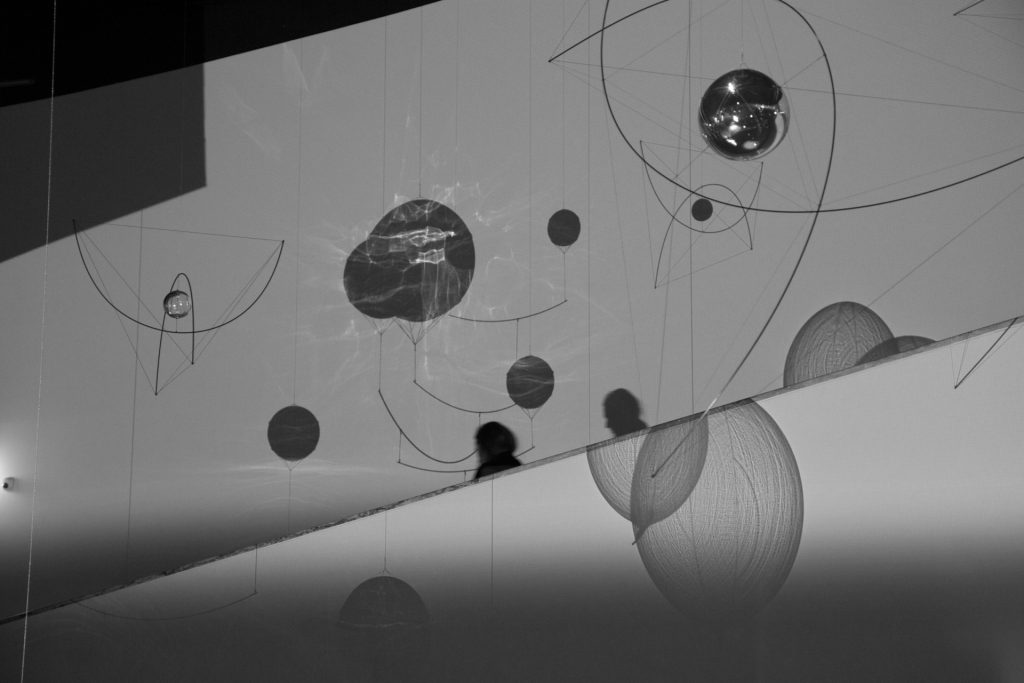
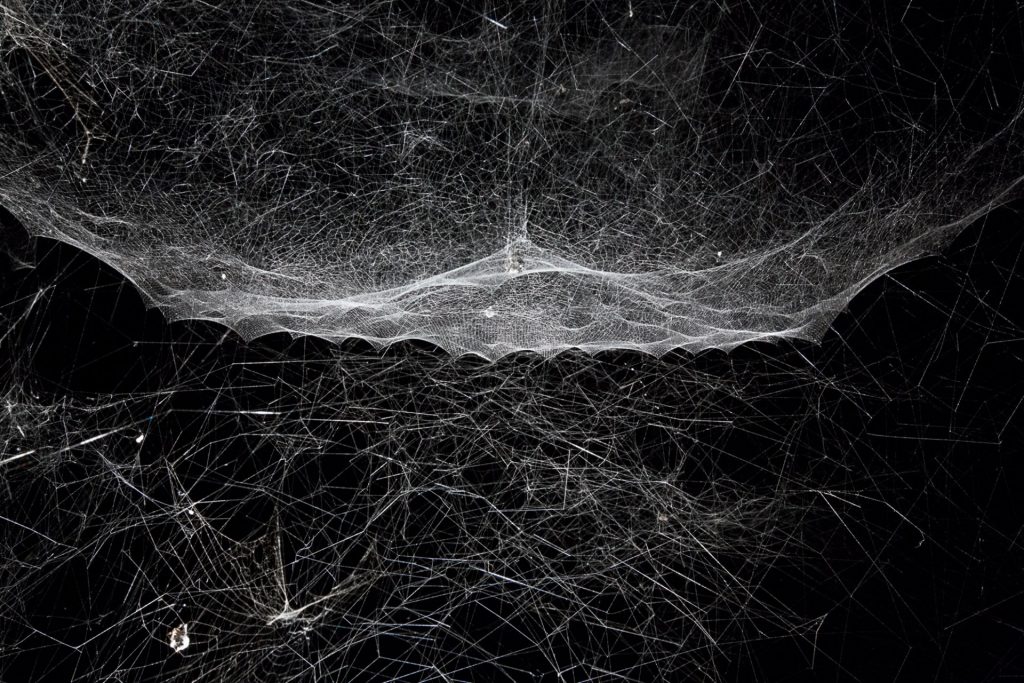
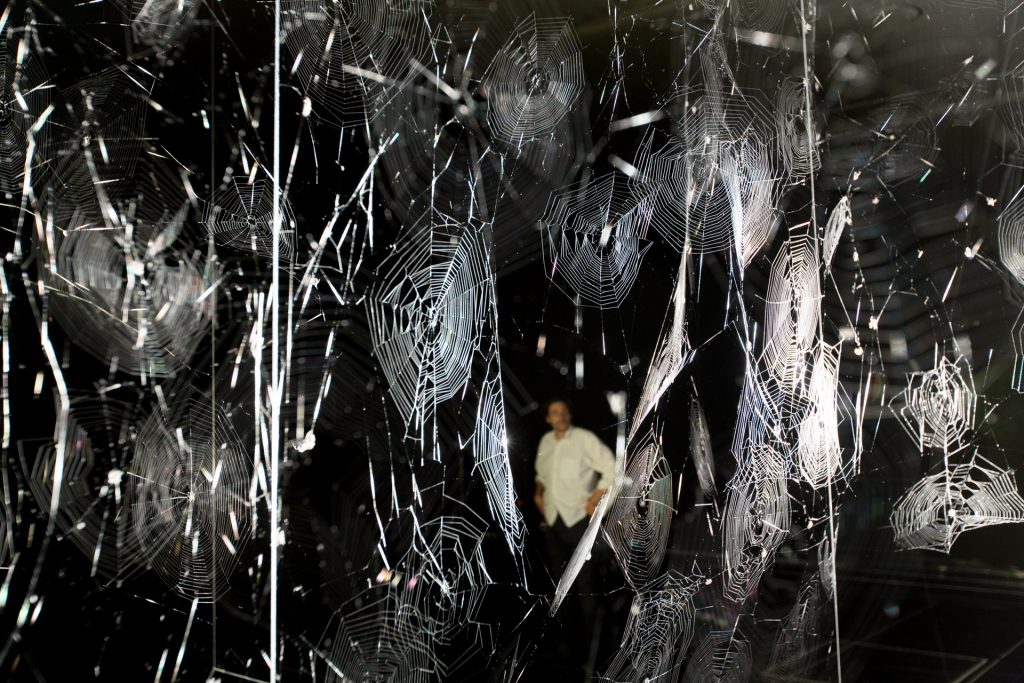
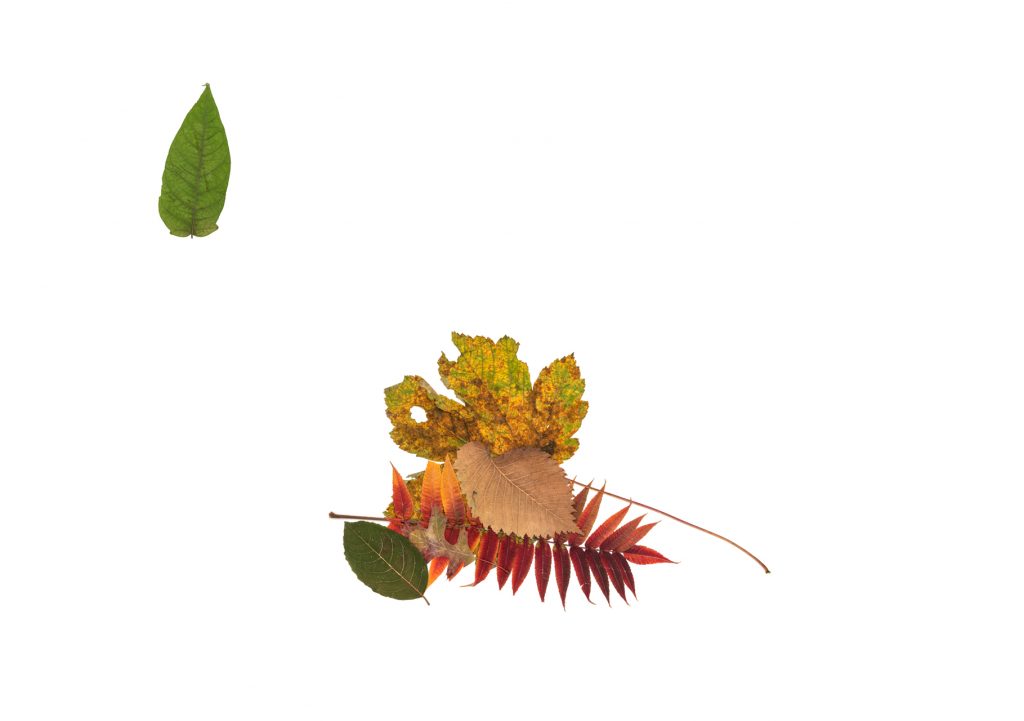
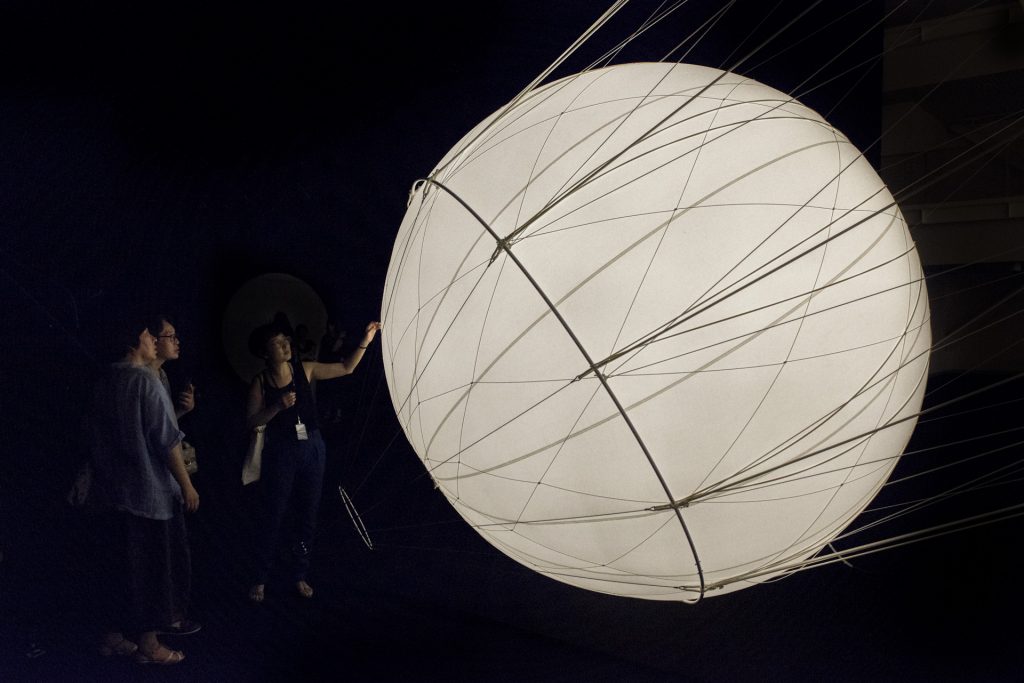



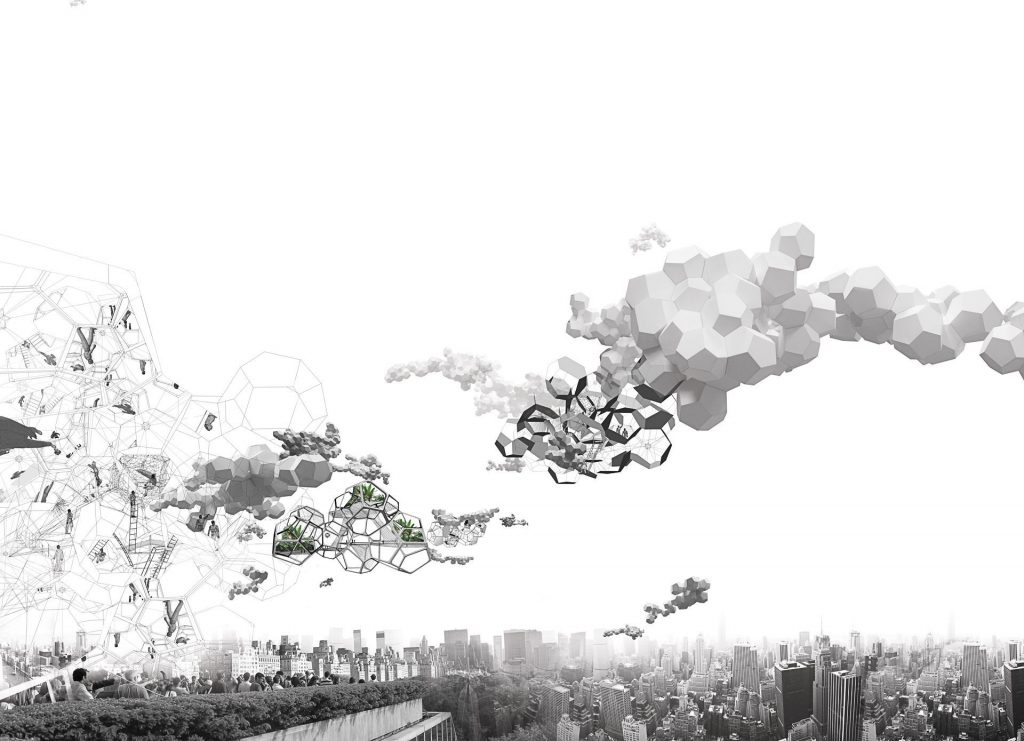
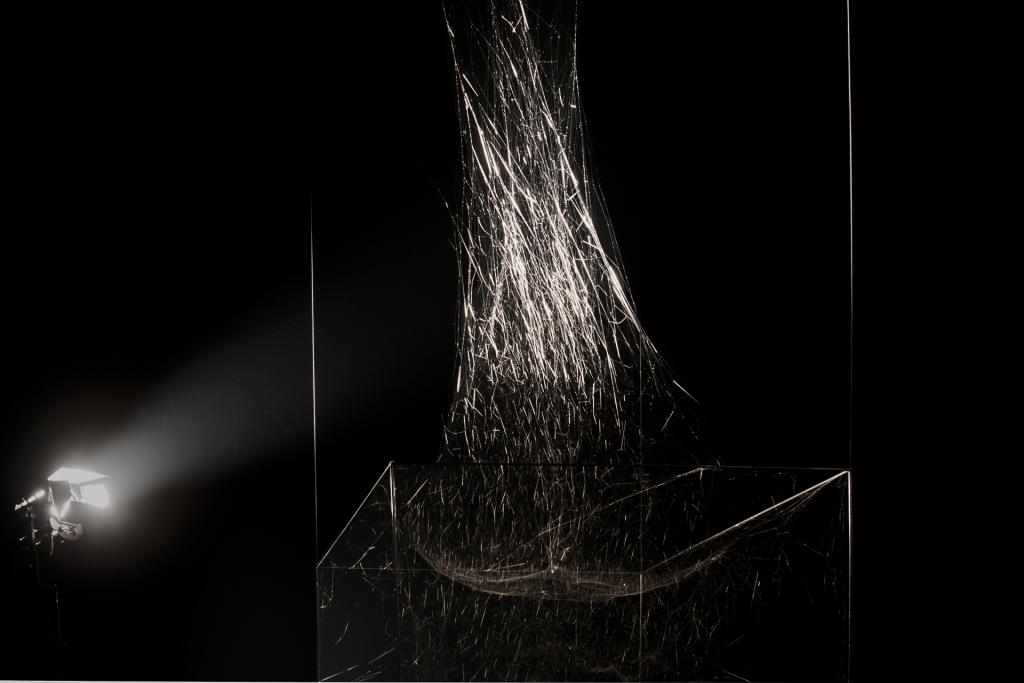
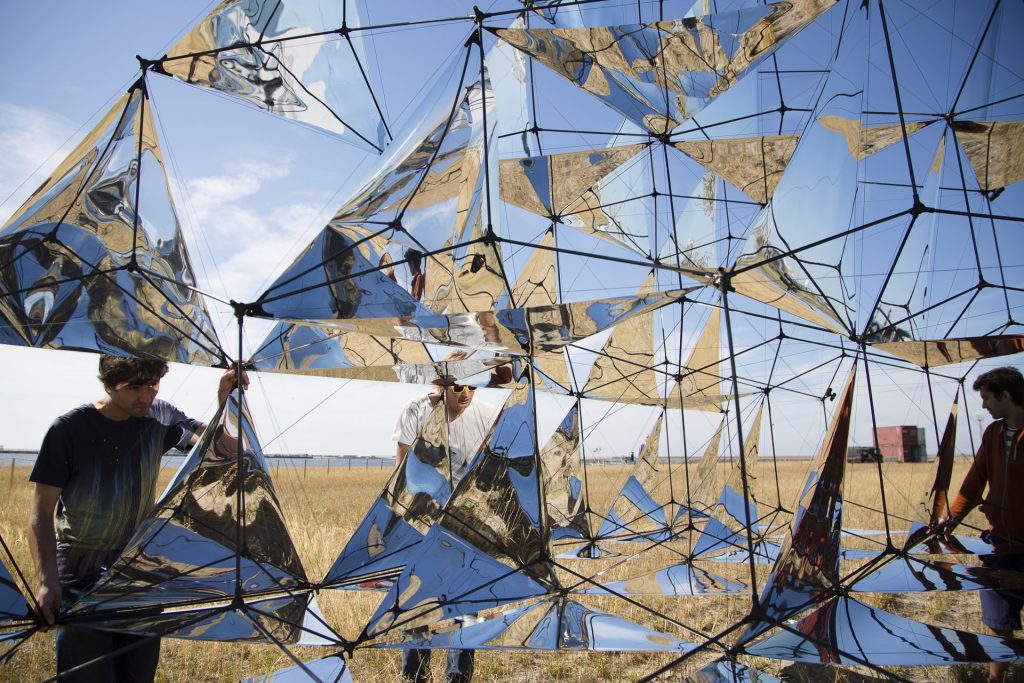
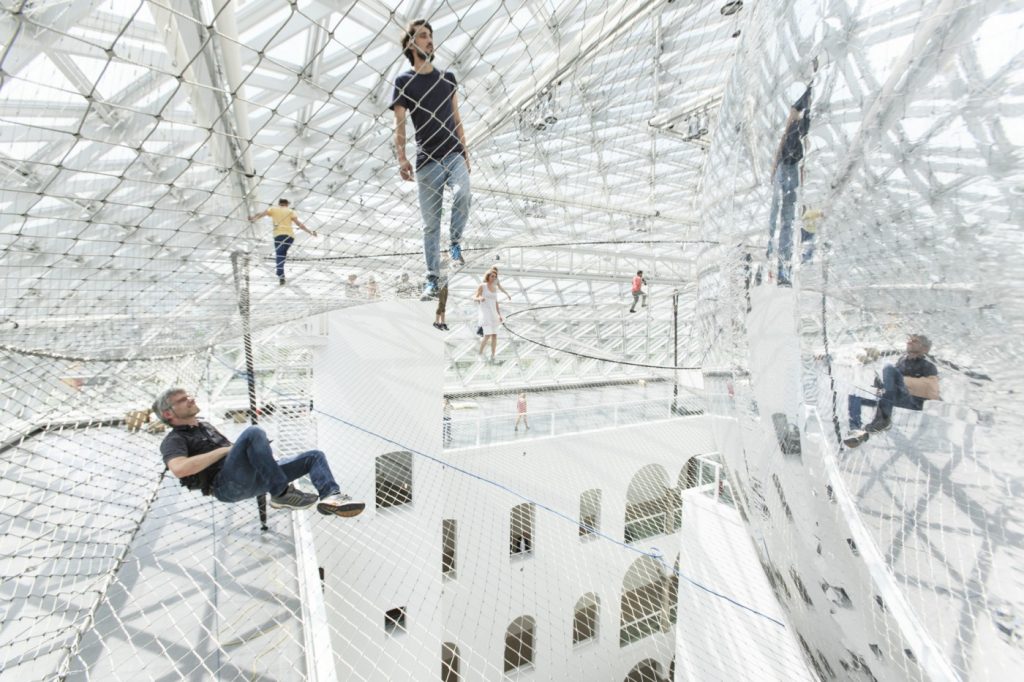

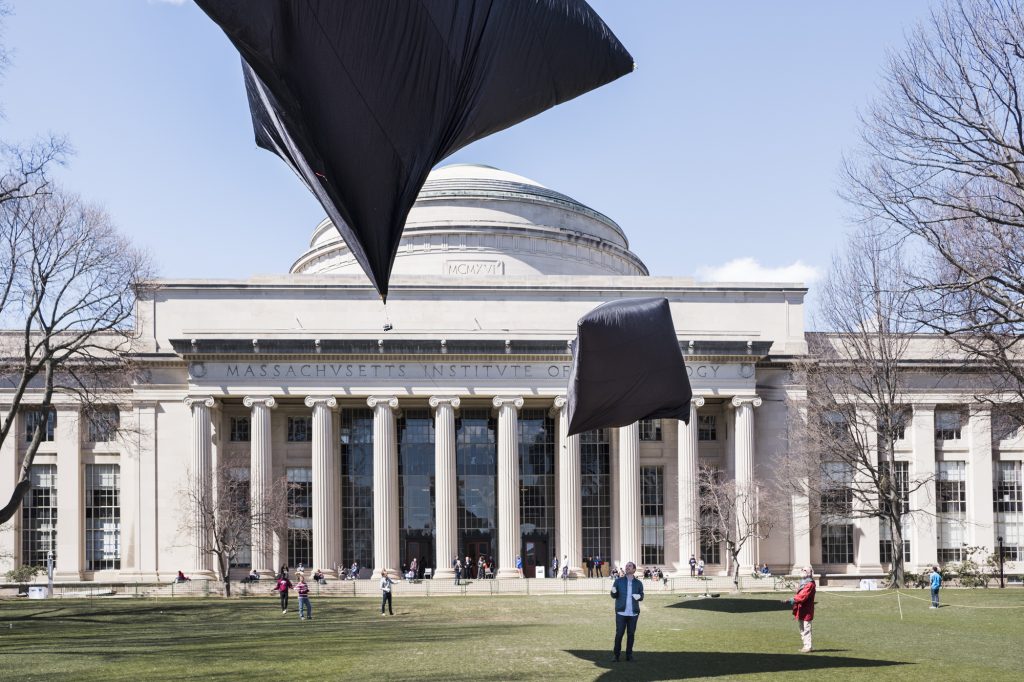

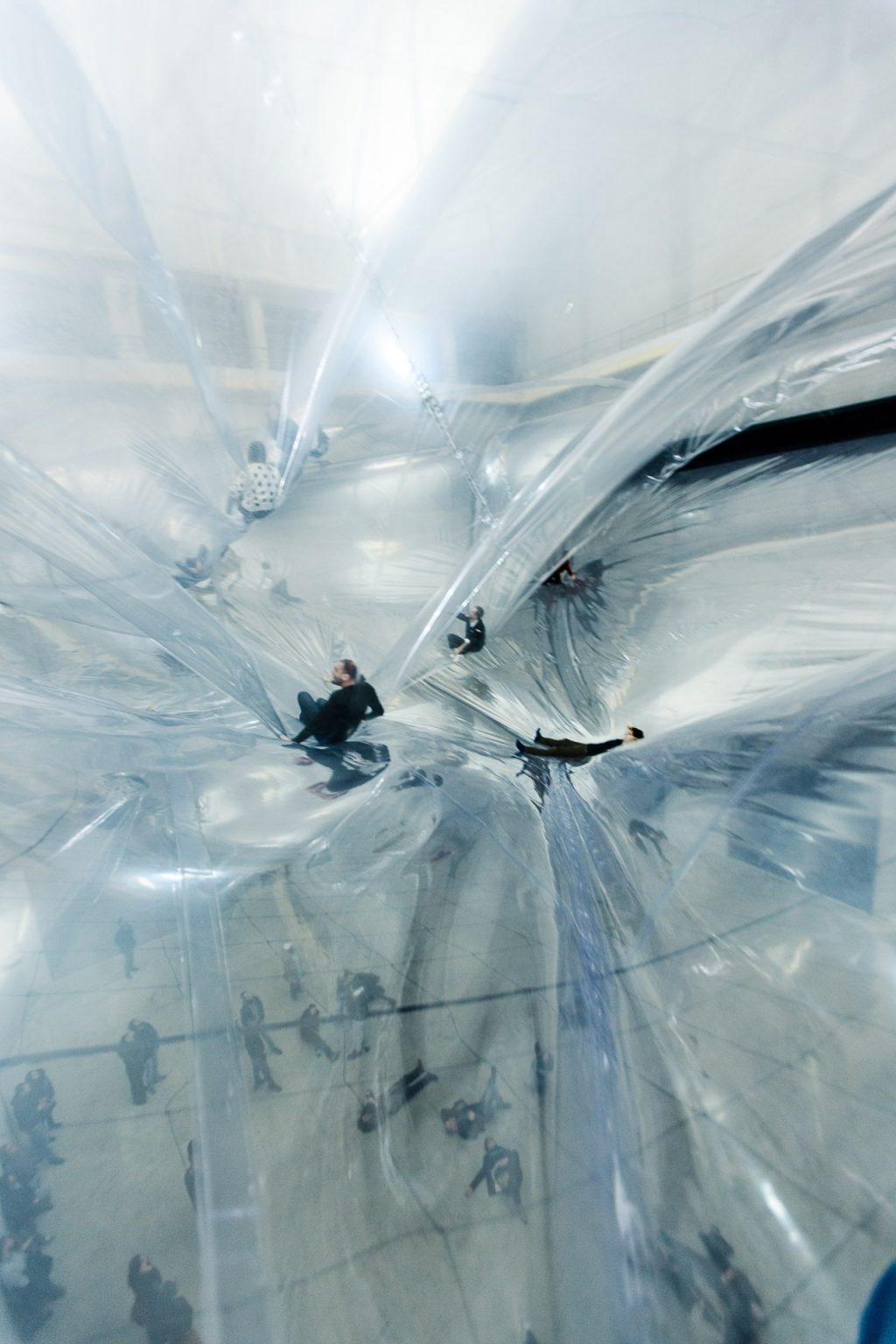

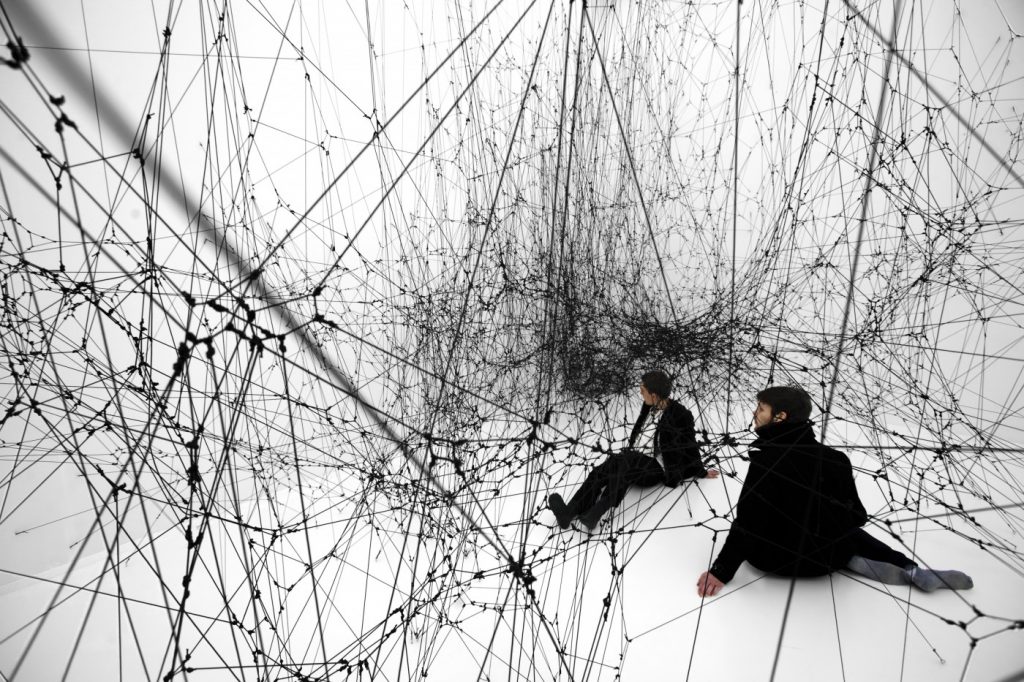
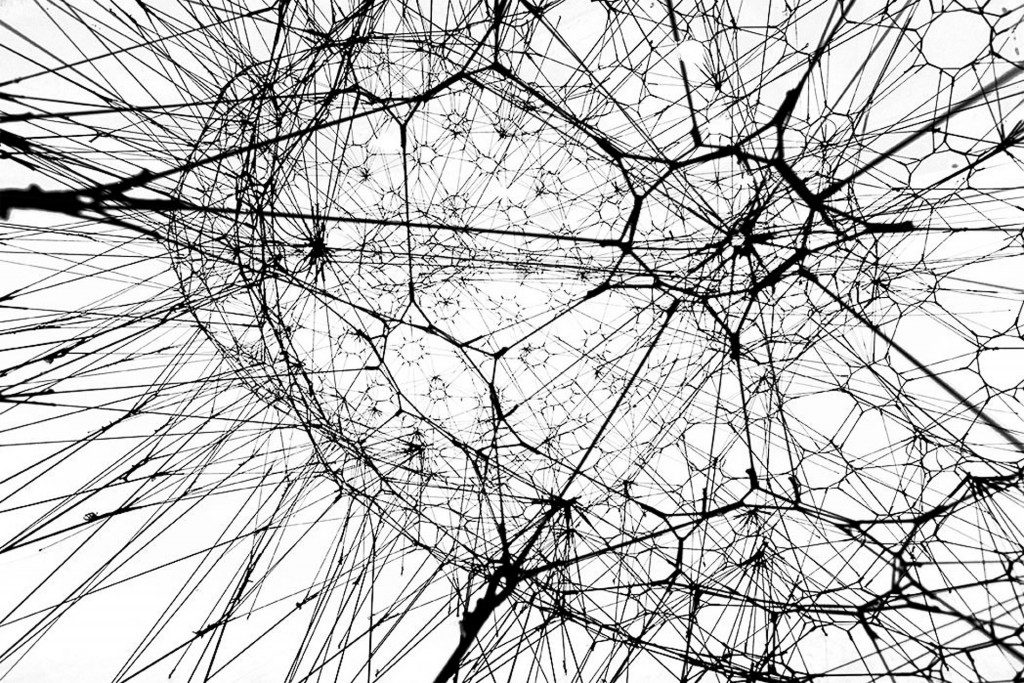
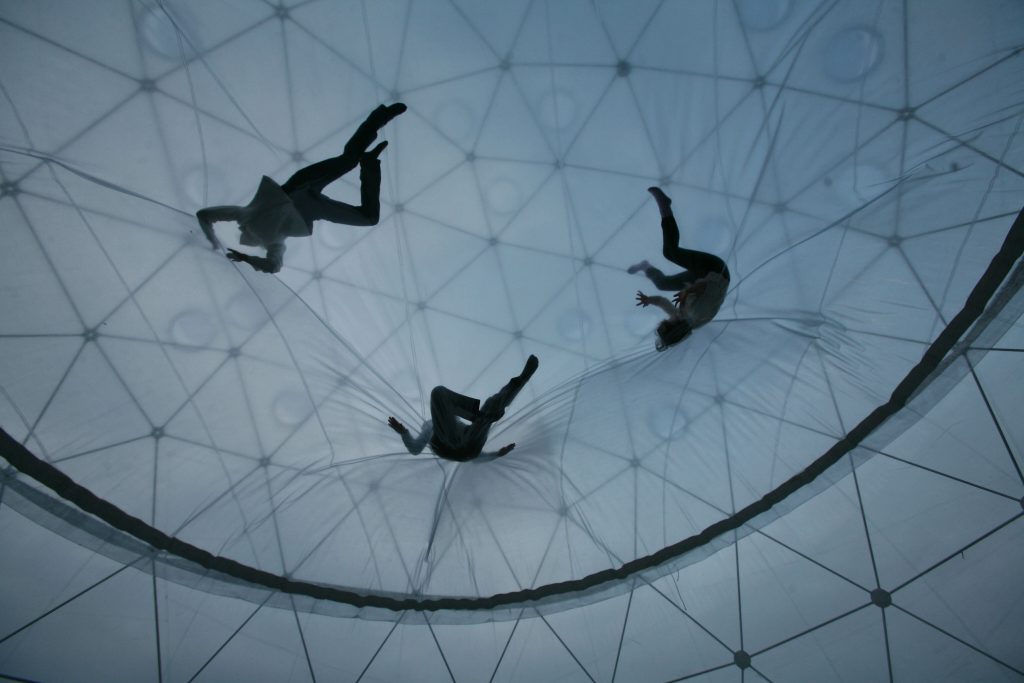
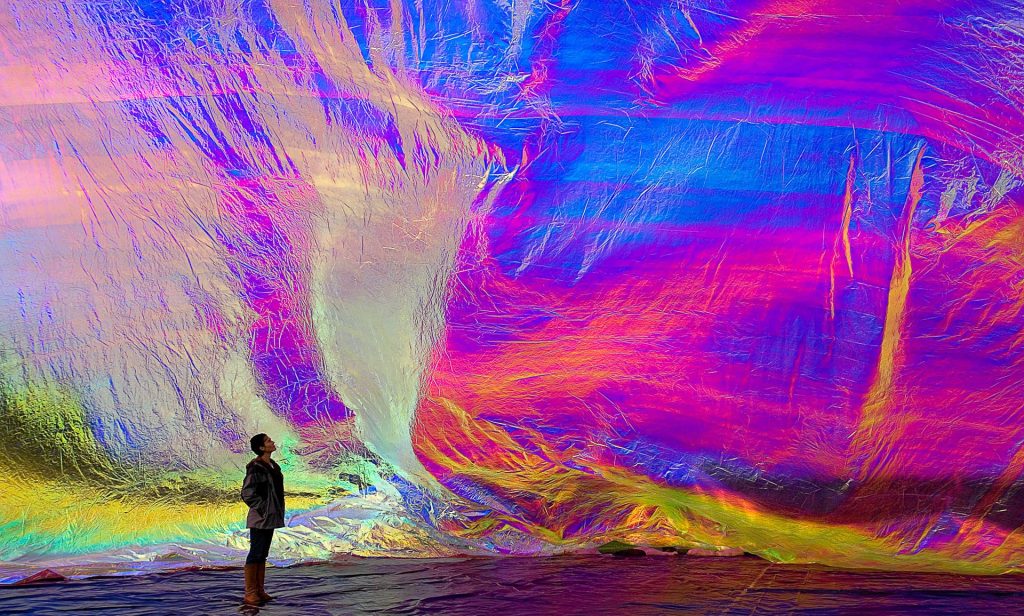
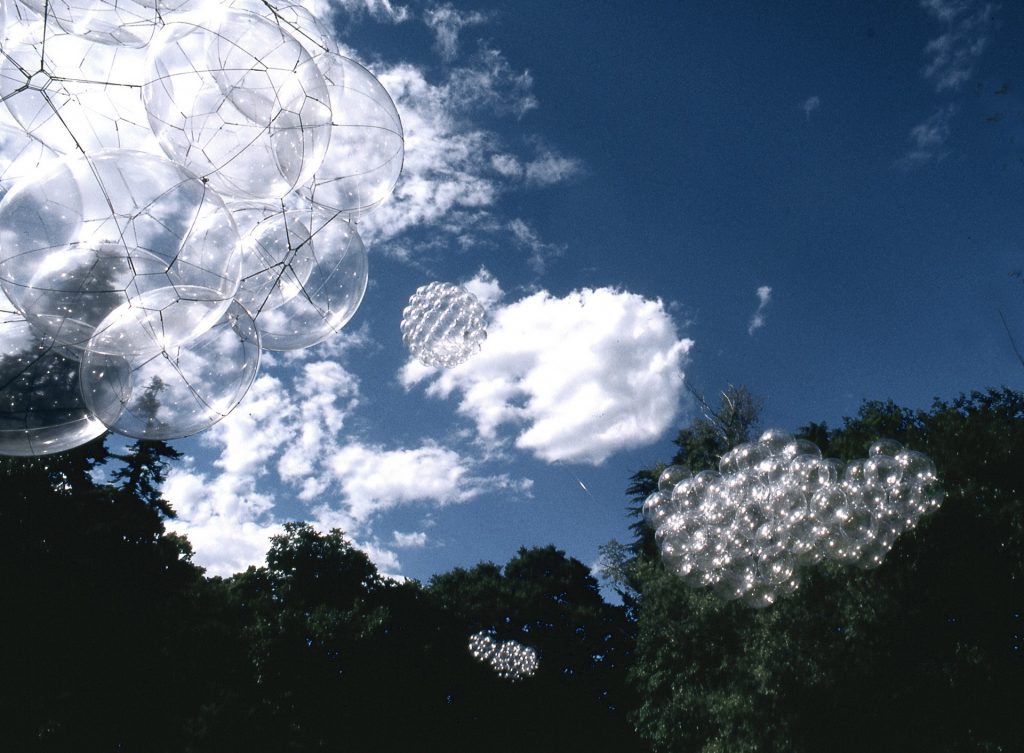
Sounding the Air is an aeolian instrument, a musical instrument that is “played“ with the wind. Its sound is produced by five threads of spider silk that drift and resonate with the air.
Real-time video captures the gestures of these “strings”, translating them into sonic frequencies and patterns. These sounds in turn influence the pulsating lights illuminating the work Webs of At-tent(s)ion, creating resonant harmonics between the different spaces.
Sounding the Air thus constitutes a collective creation improvised by an ensemble of forces and bodies: the radiant heat of human bodies, or the flurries and tremors created by the flux and breath of visitors but also the endless intra-actions of different aerial elements — dust, silk, heat, wind, spider, electrostatic force. Together they create a cascade of influences that transform the rhythms of the fluctuating silk threads.
In this immersive sonic environment, every subtle movement alters the compositional whole. Thrown into this acoustic dialogue, each of us becomes musicians in an atmospheric jam, collectively inventing an improvised score.
Sounding the Air draws inspiration from the phenomenon of spider ‘ballooning’, a behaviour in which some spiders use airborne dispersal to move between locations. They release several silk threads into the air which carries them away on updrafts of winds. Individuals or colonies are able to travel long distances on those aerial kites of gossamer silk, buoyed by thermal updrafts and electrostatic force. Those flights allow us to speculate about the possibility of a collective aerial flight and of interspecies attunement and collaboration with the forces of the atmosphere.
“There is geometry in the humming of the strings, there is music in the spacing of the spheres.”
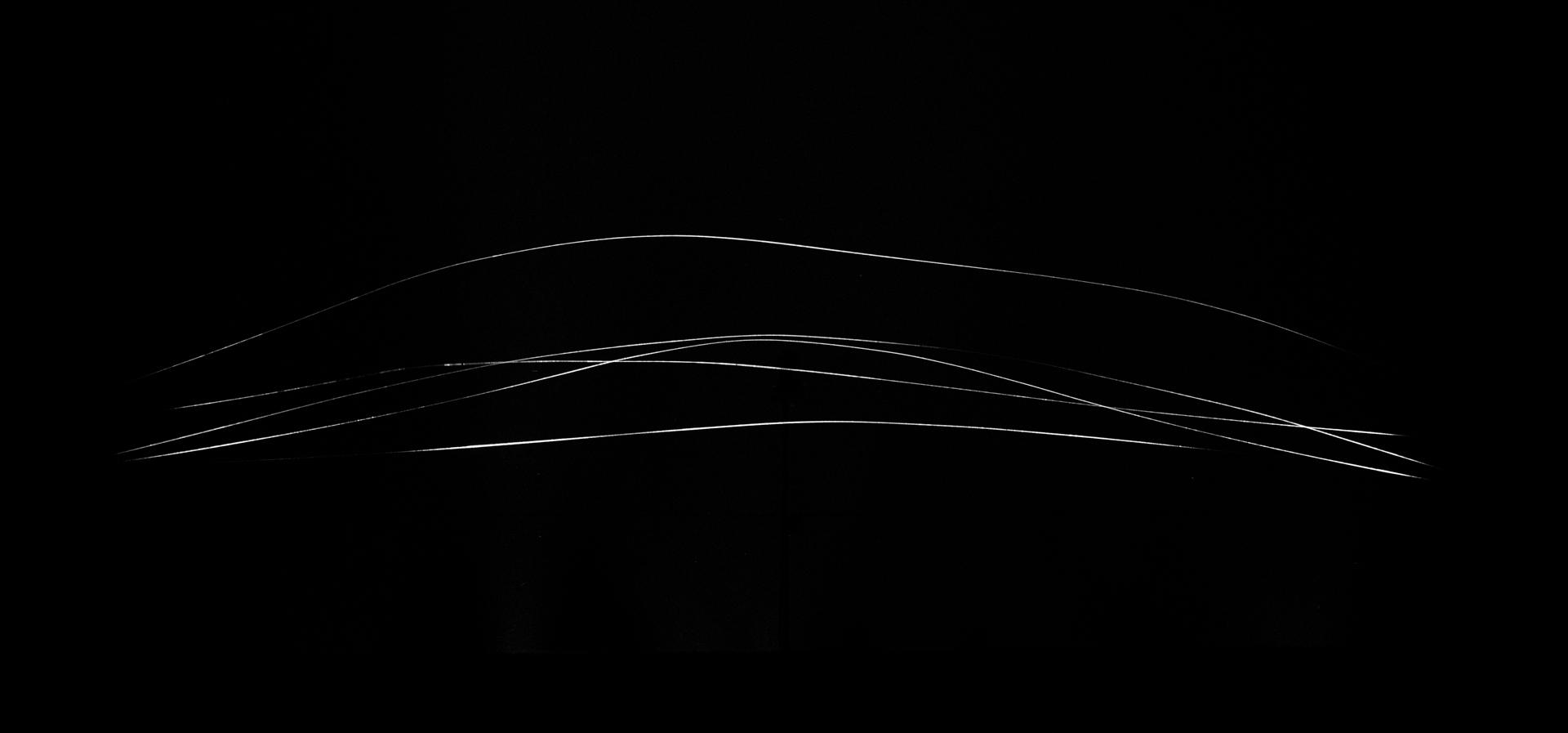
For the most part throughout history – knowledge has drawn its associations from the visible, physical world. Pythagoras had proposed another level of understanding, which drew from sound: both audible and inaudible. Just as pitch, frequency and harmonics can be defined by mathematical rations, so he proposed that the movements of the stars produced their own cosmological harmonics; inaudible to us, but nonetheless felt.
How might a Pythagorean view of the world accord to contemporary cosmology? According to modern string theory, quarks and electrons – the smallest bodies of matter – can be visualised as sub-microscopic ‘strings’ that vibrate, much as a musical instrument does. The ‘tone’ at which each of these strings vibrate determines their physical form.
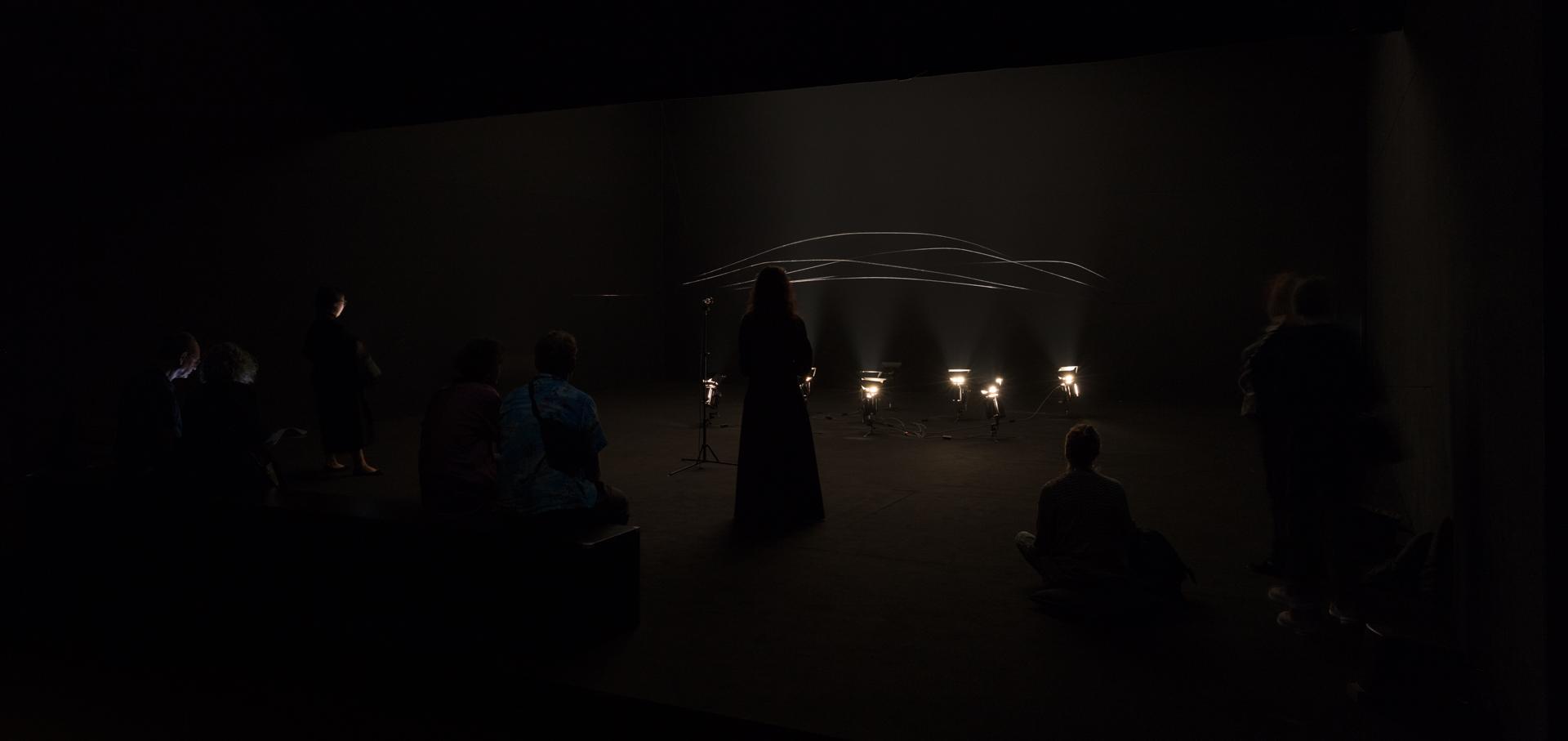
The world, then, is humming: vibrating with signals unheard and unknown: electrostatic, electromagnetic. These sounds are panaural, and their translation is both a matter of technics, and a function of attention.
Inaudible to you without an apparatus for translation, this electrical hum of the Earth makes the legs on my hair stand on end – so giving me a measure of my aeronautic potential. As I prepare to take flight and release a thread of gossamer silk to the wind, I feel into this thrumming electrostatics. I become an aerial electroreceptor, sensitive to the music of the spheres.
Just as an Aeolian harps play the whistling of the wind, so each floating thread of silk becomes a receiver for the musicality of circulating electrical energies.
Spiders are aeronauts, travelling across seas and scaling impossible heights, all buoyed on plaited kites of gossamer silk threads. What if these threads were in fact antennae, tuned to the unheard signals with which the air hums?
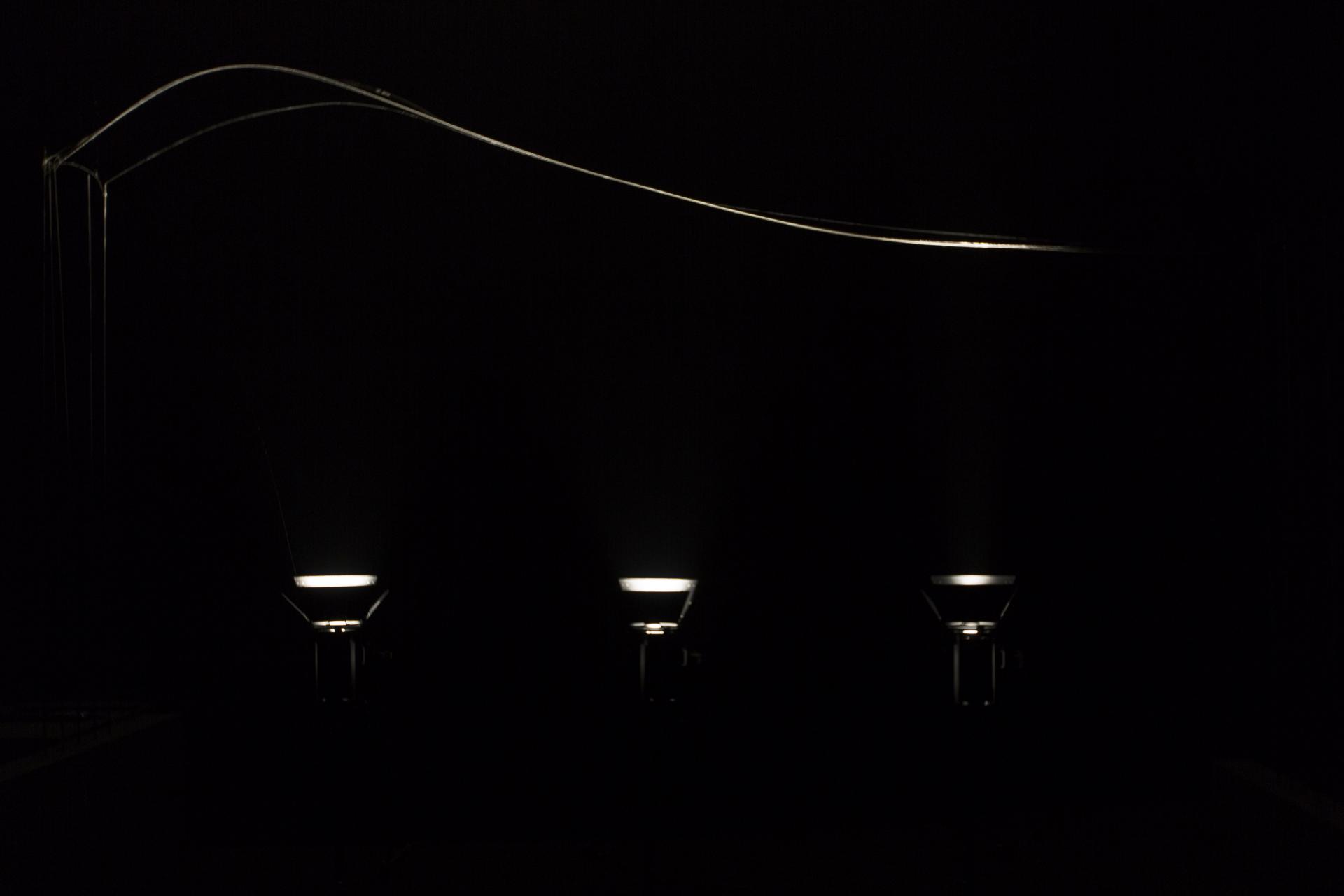
...